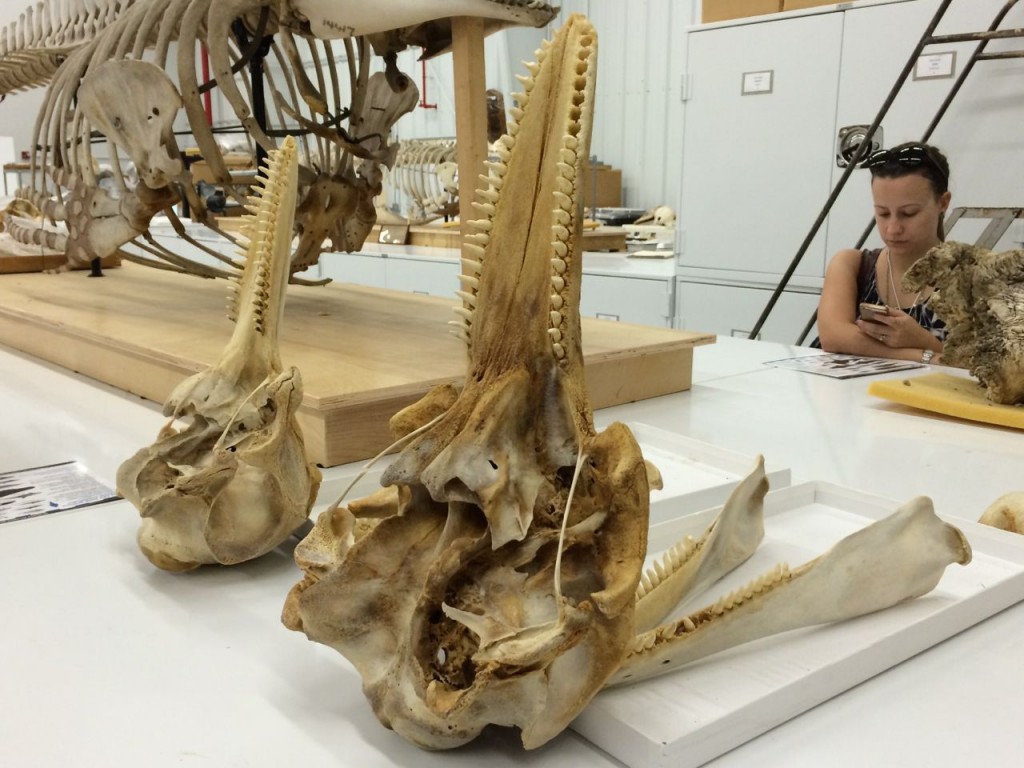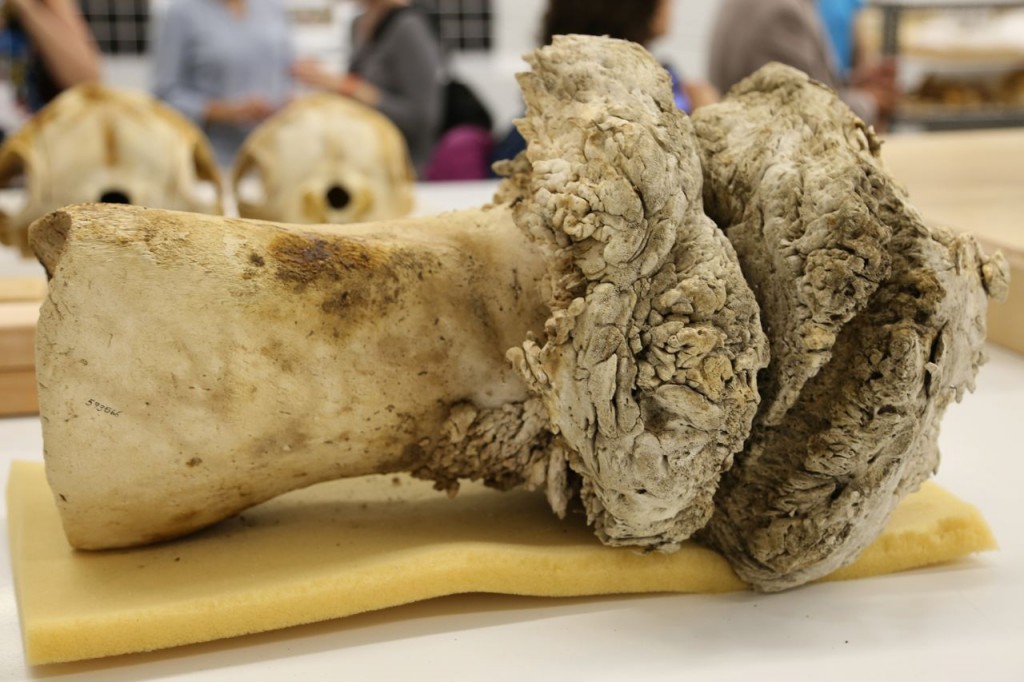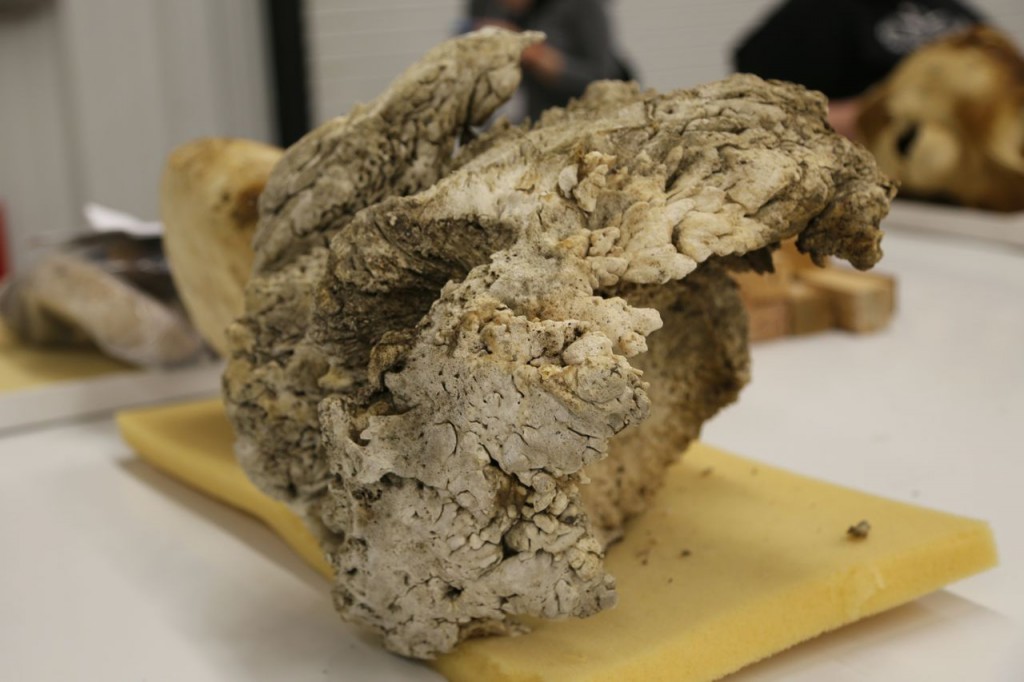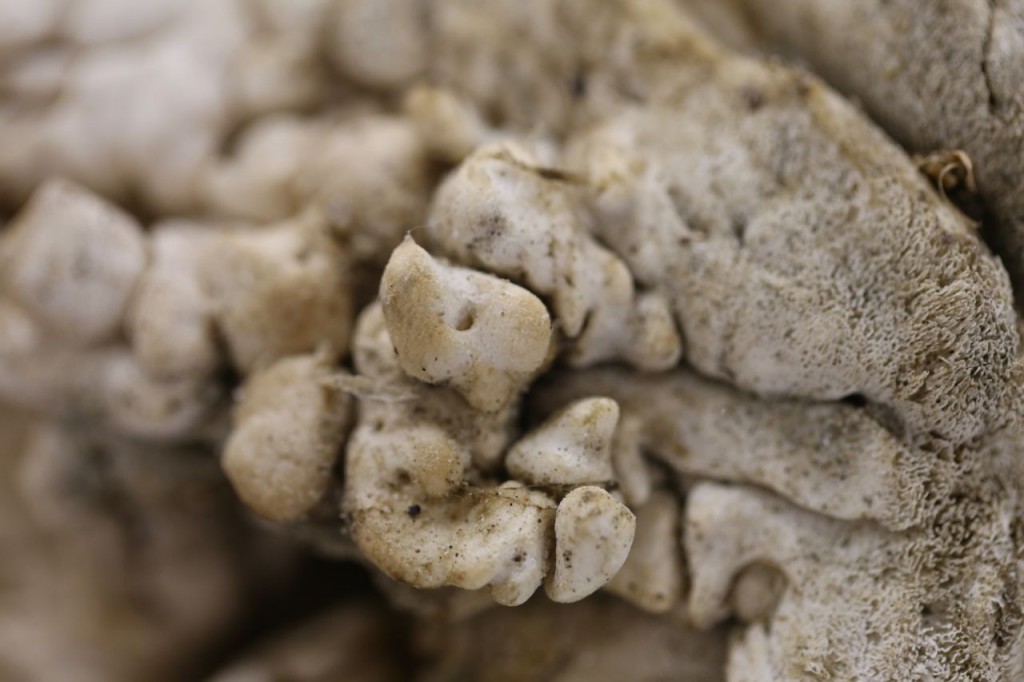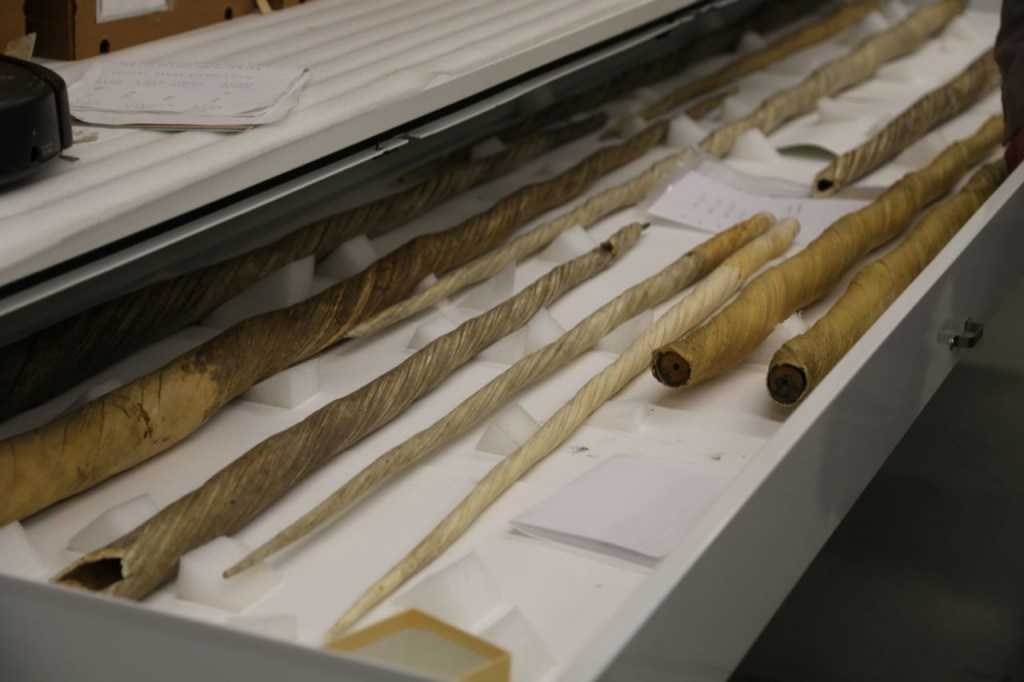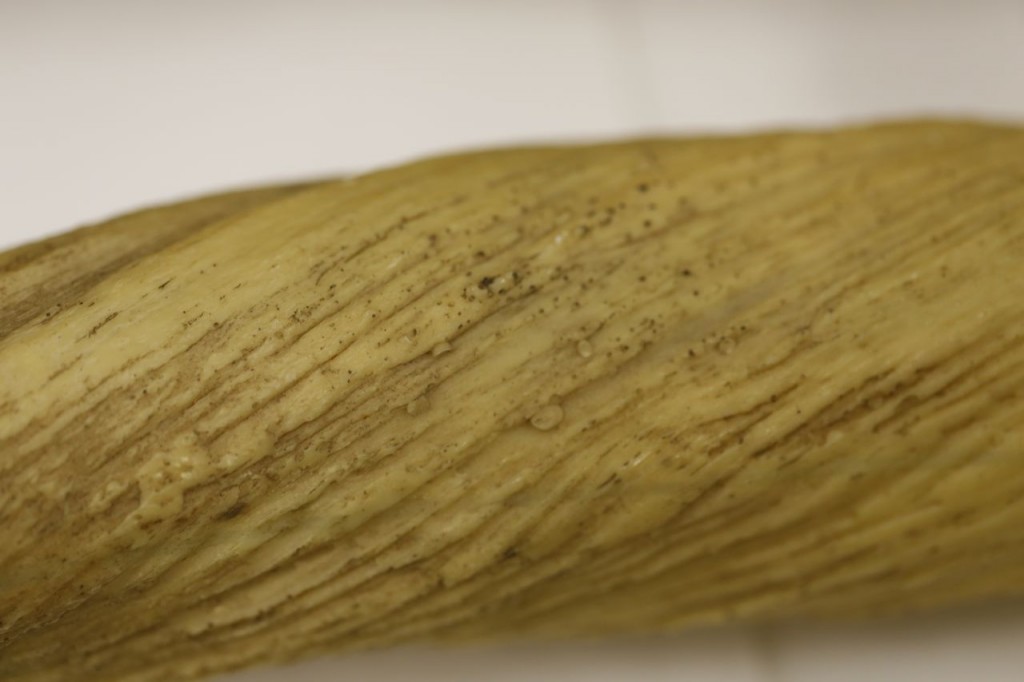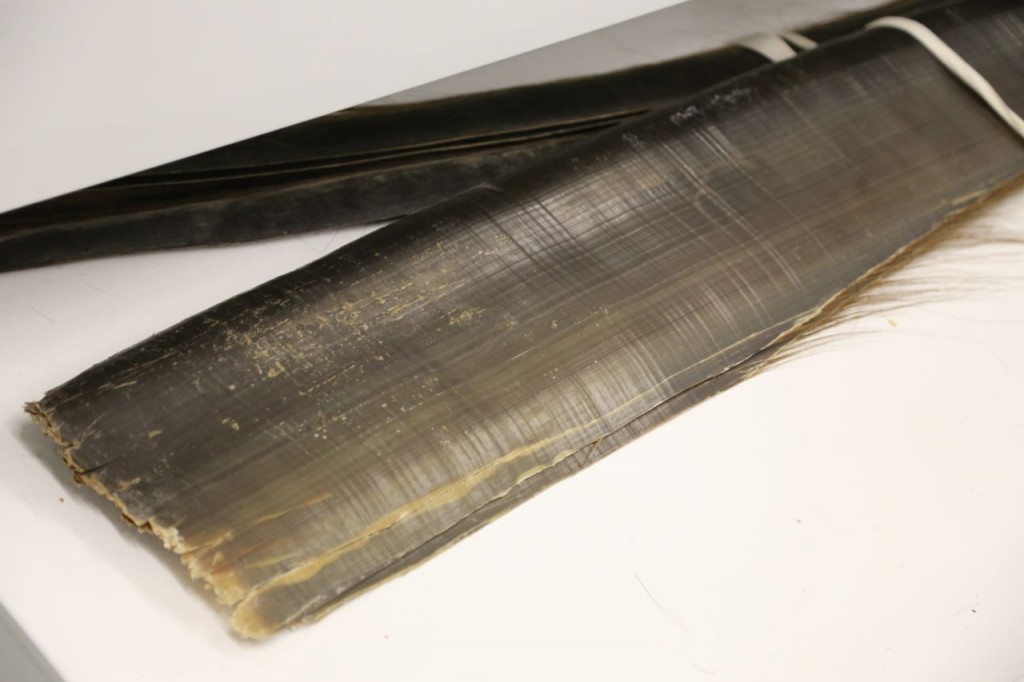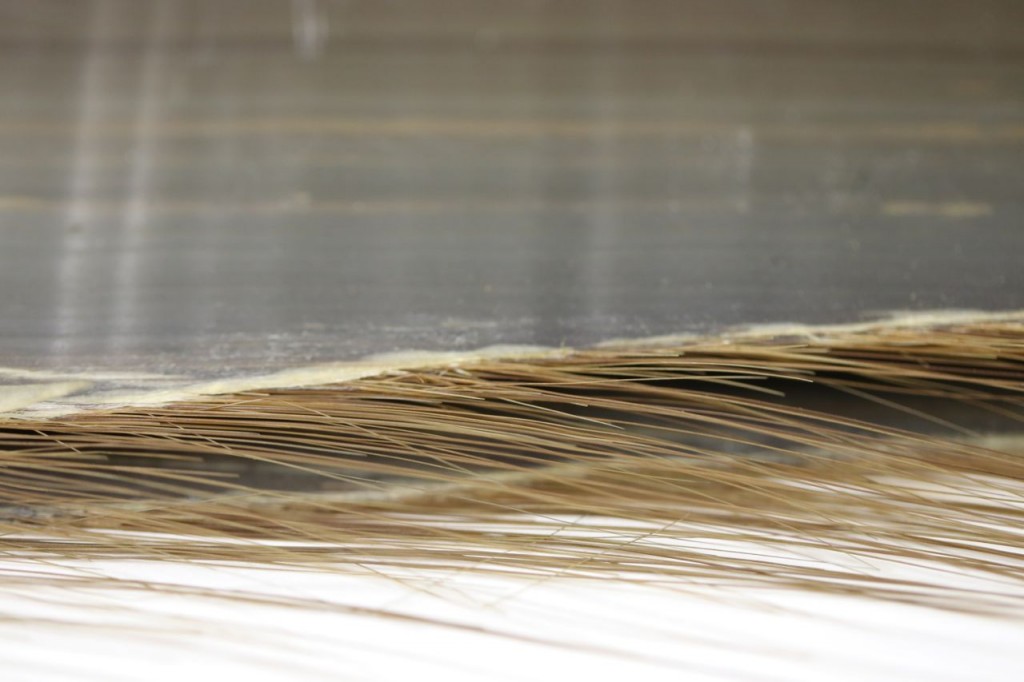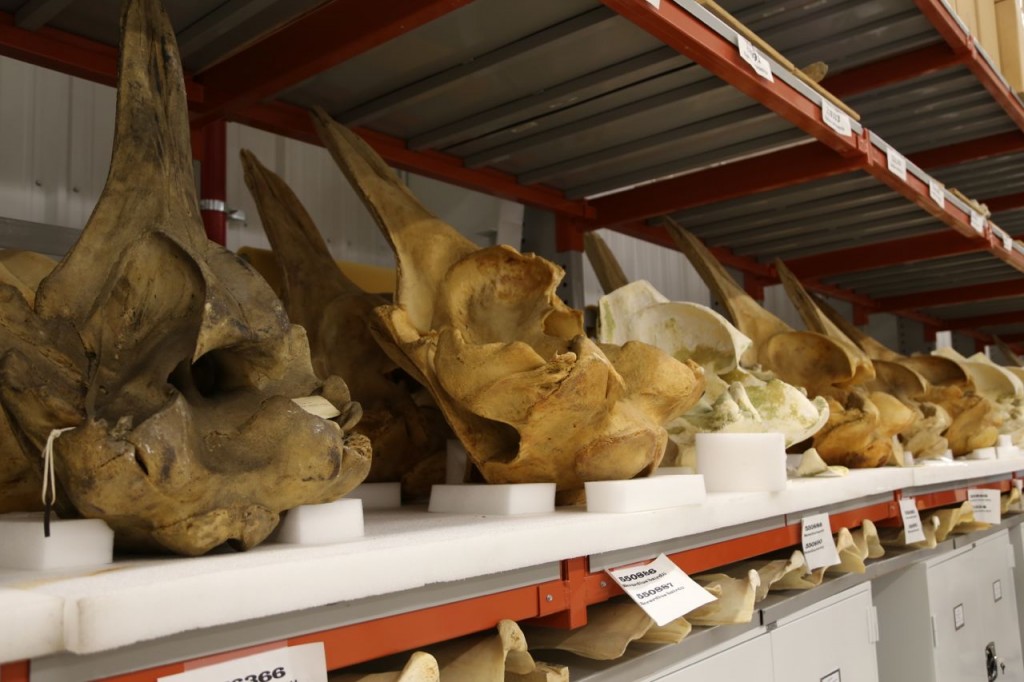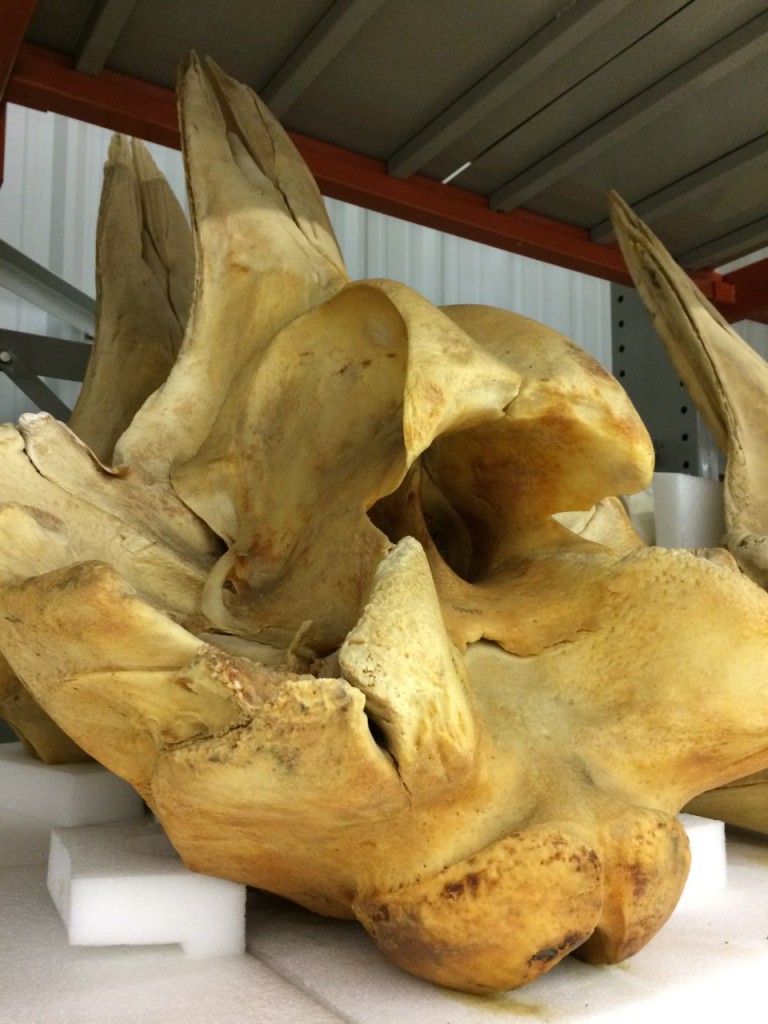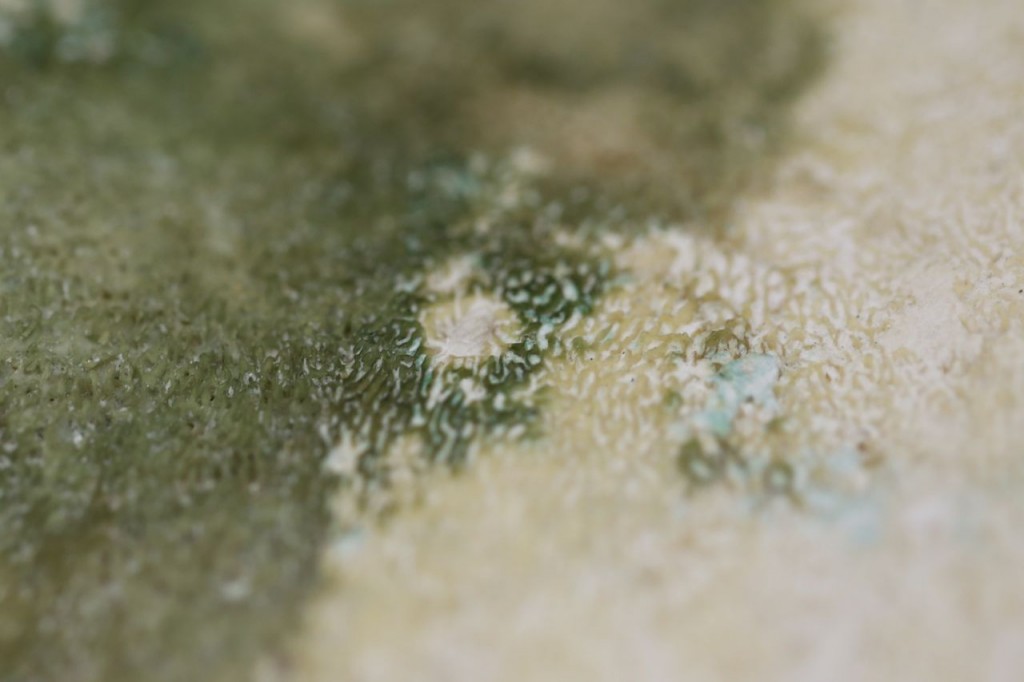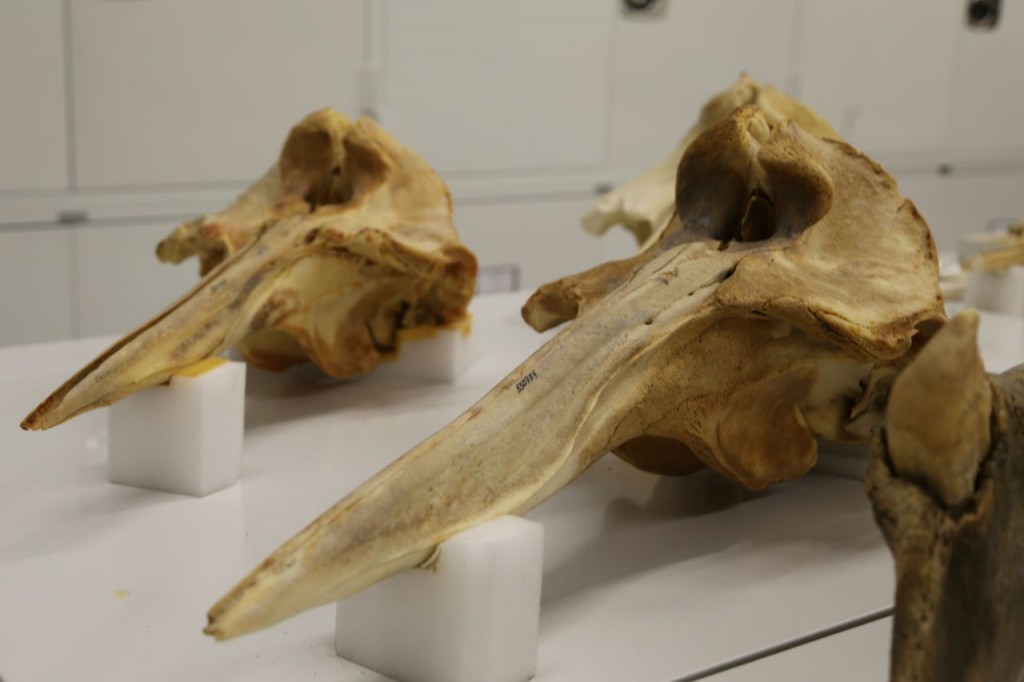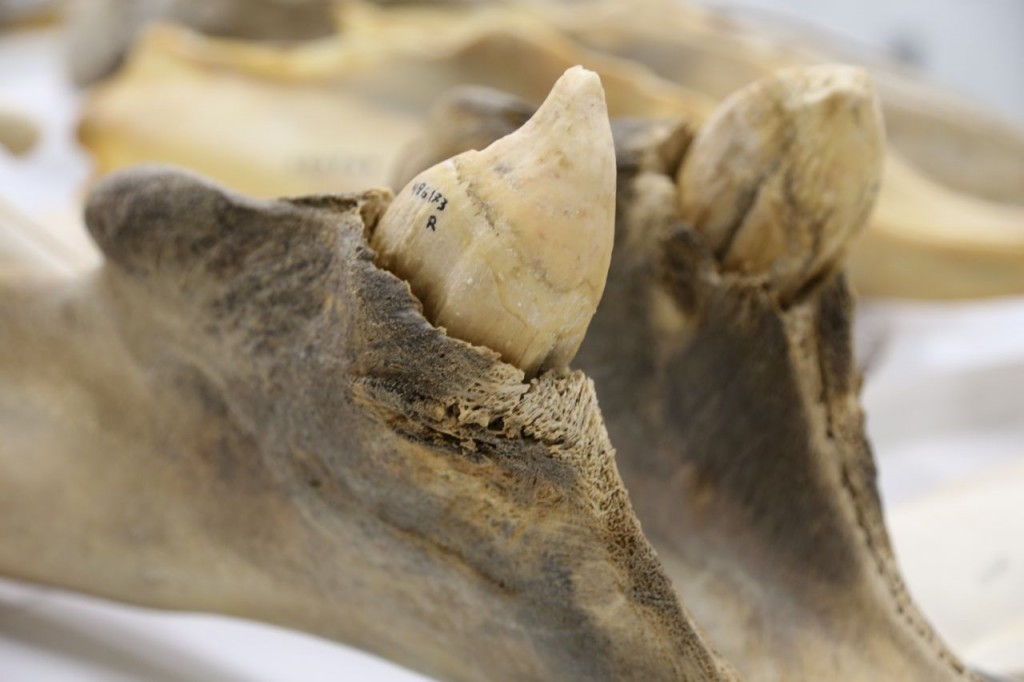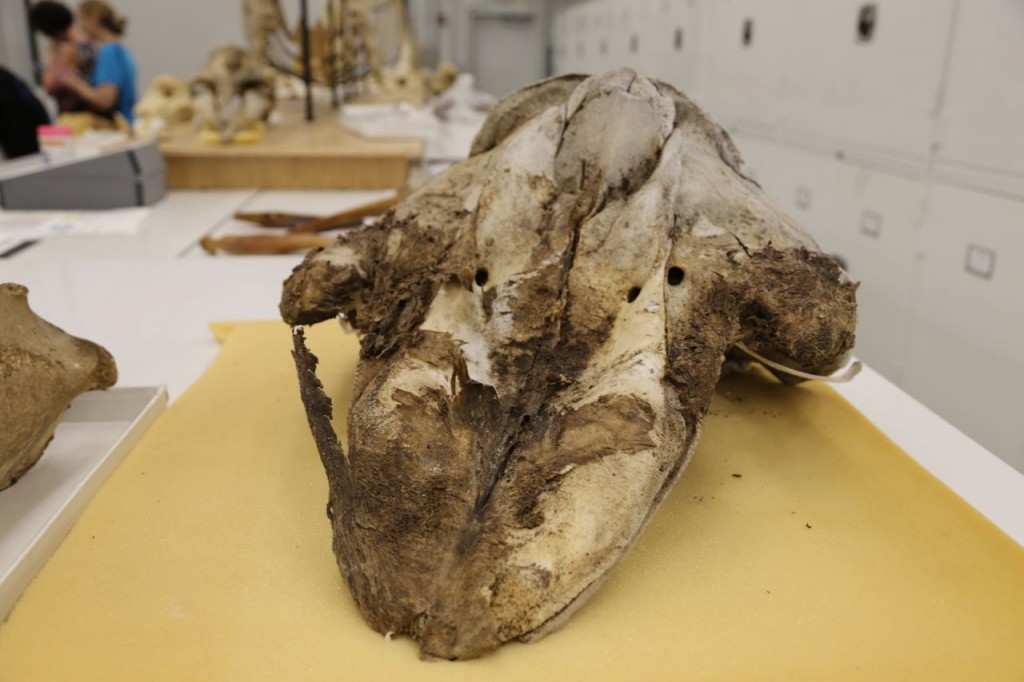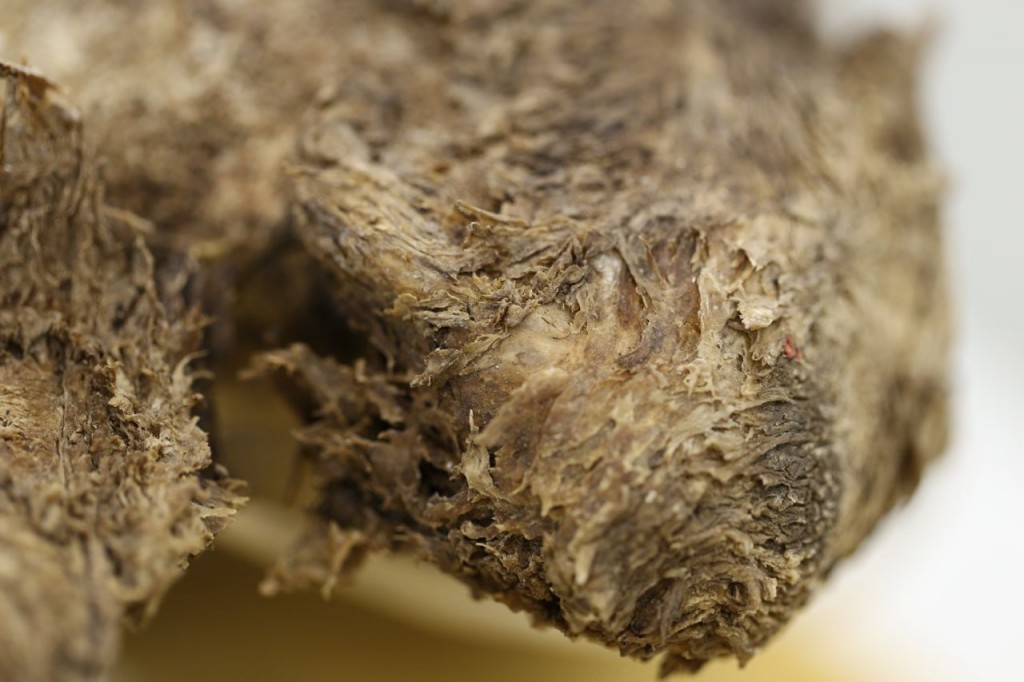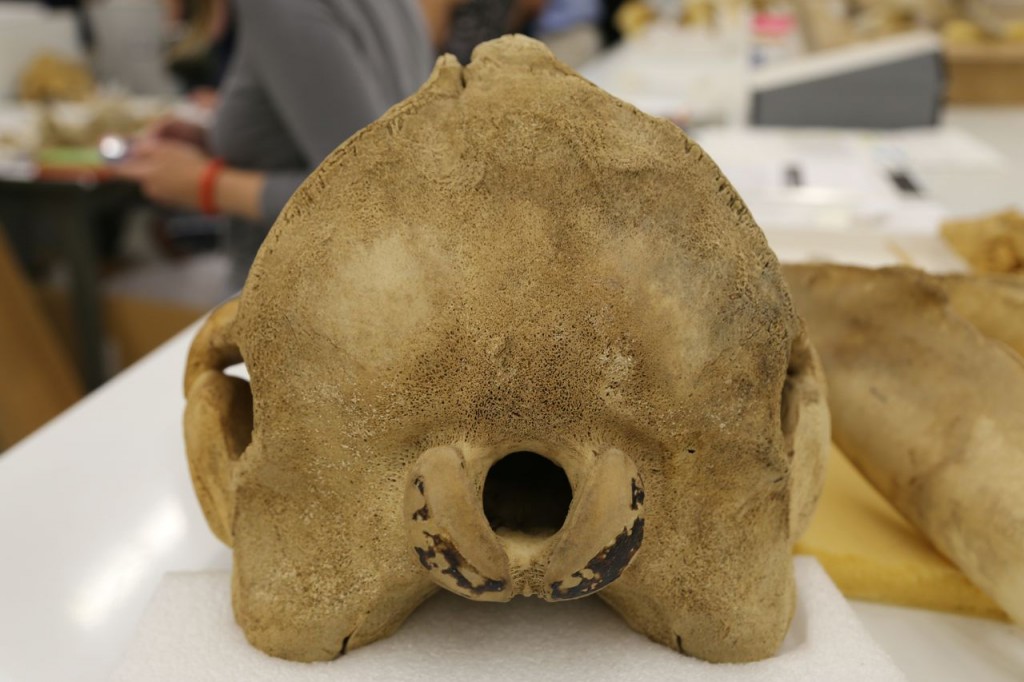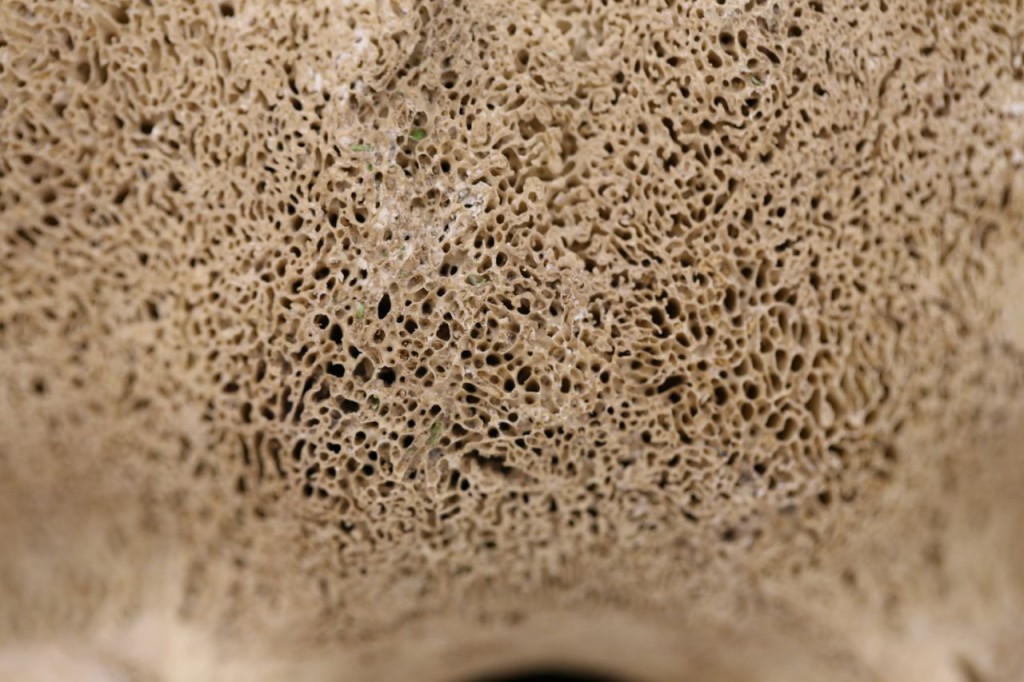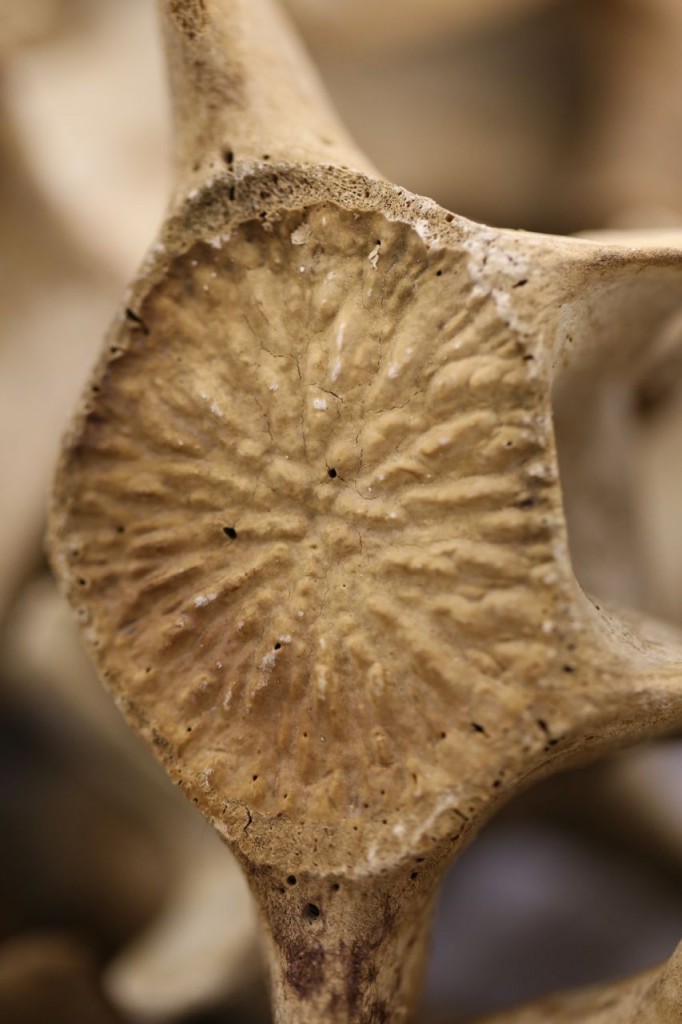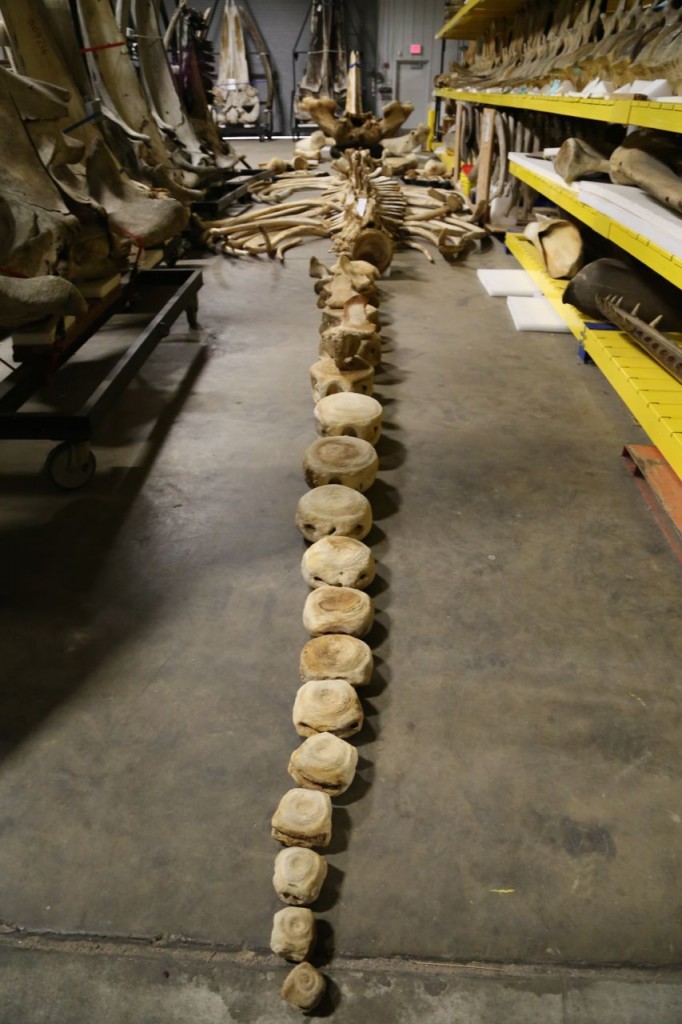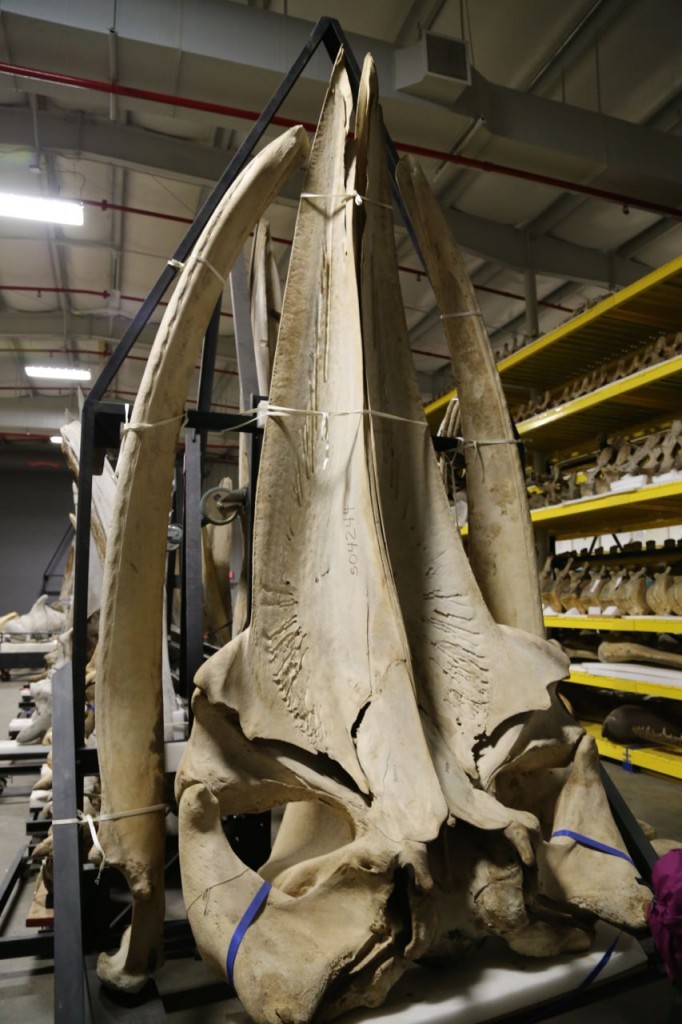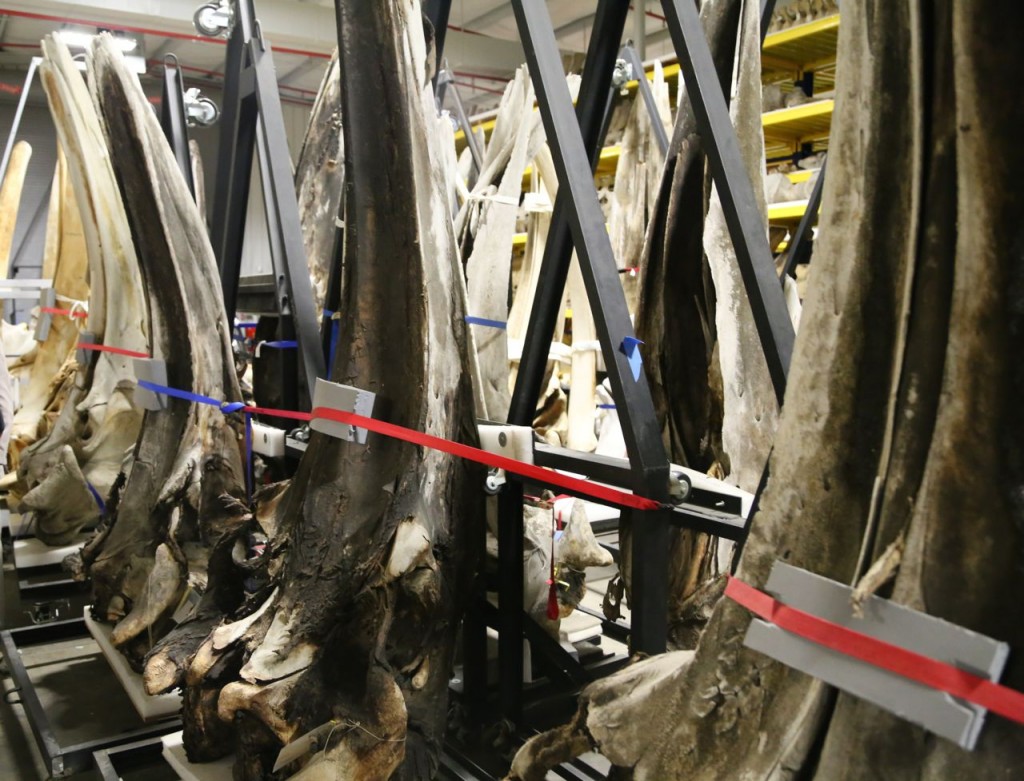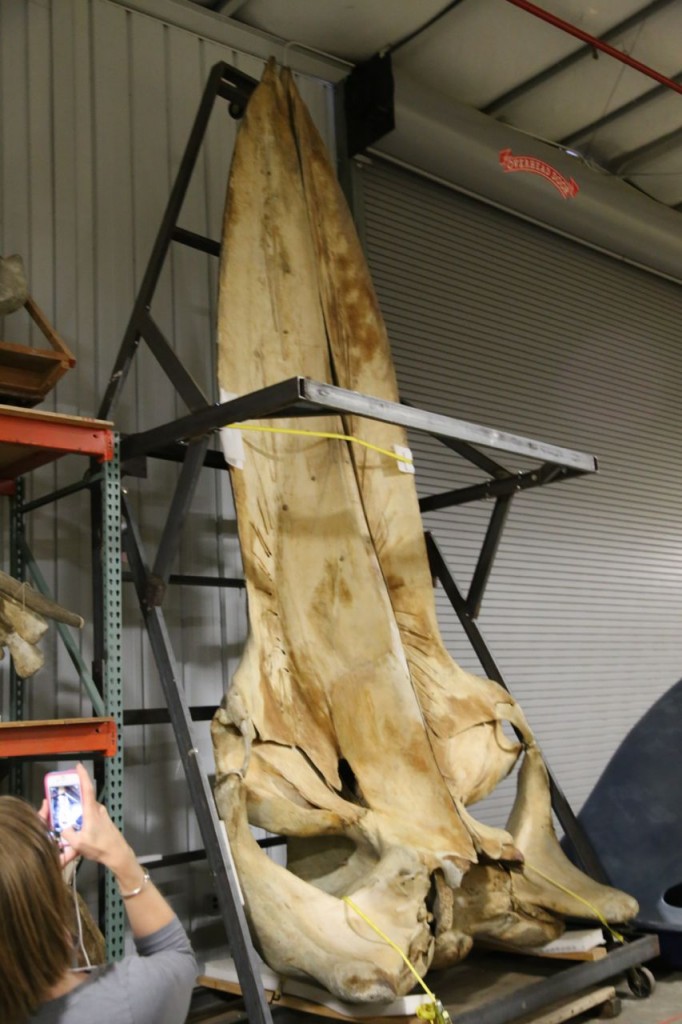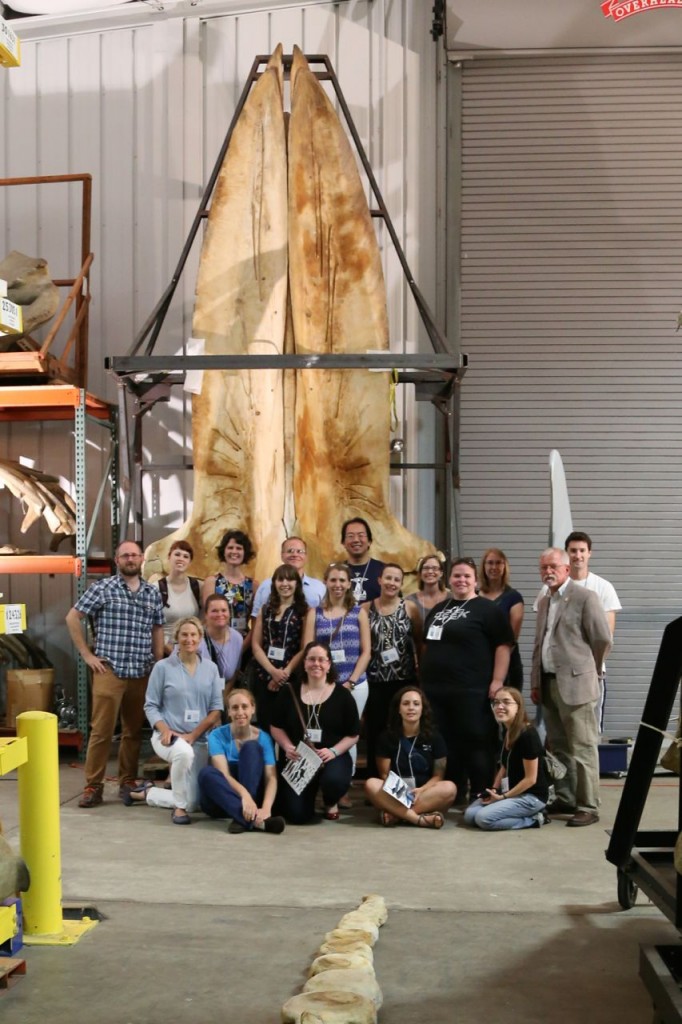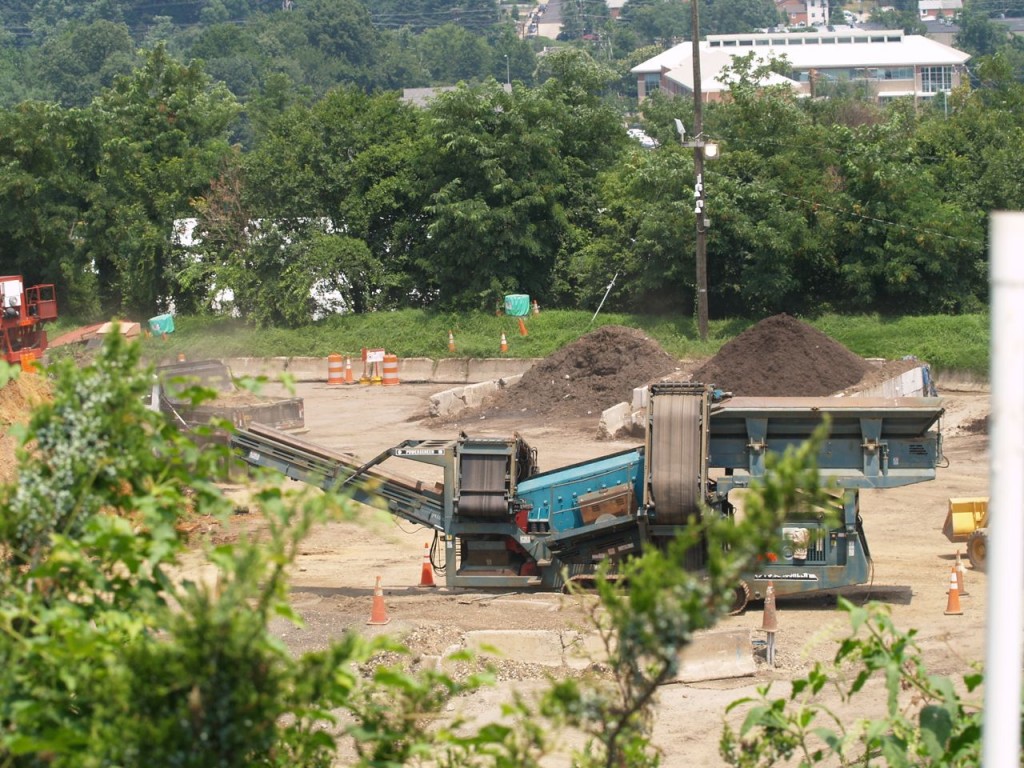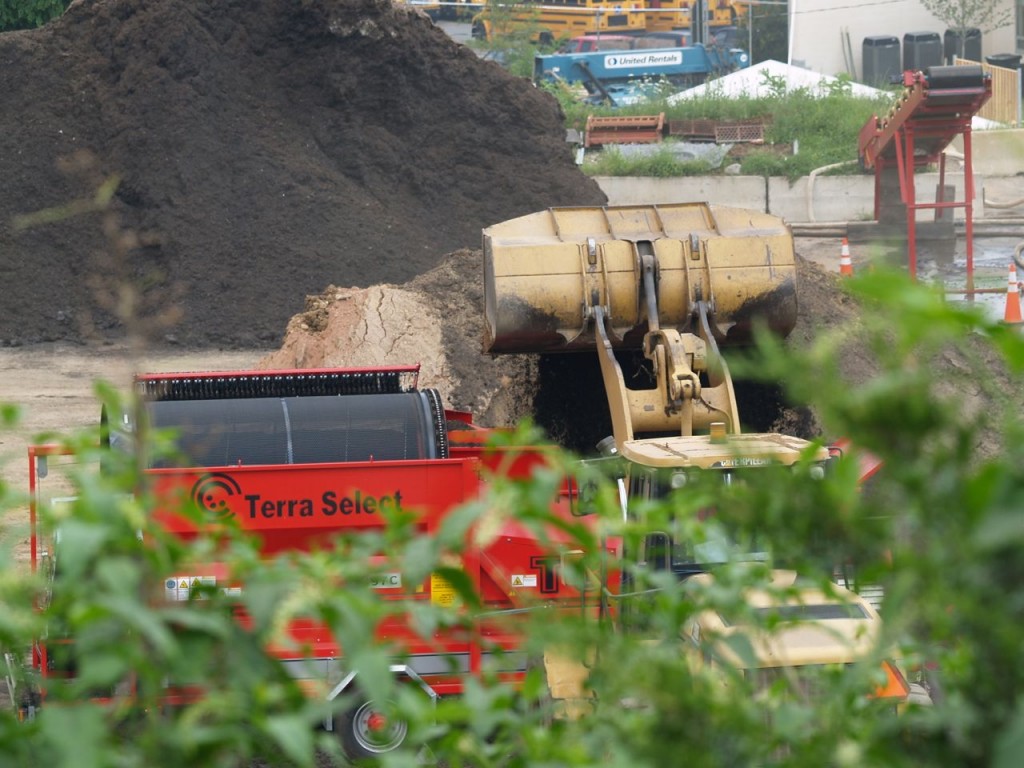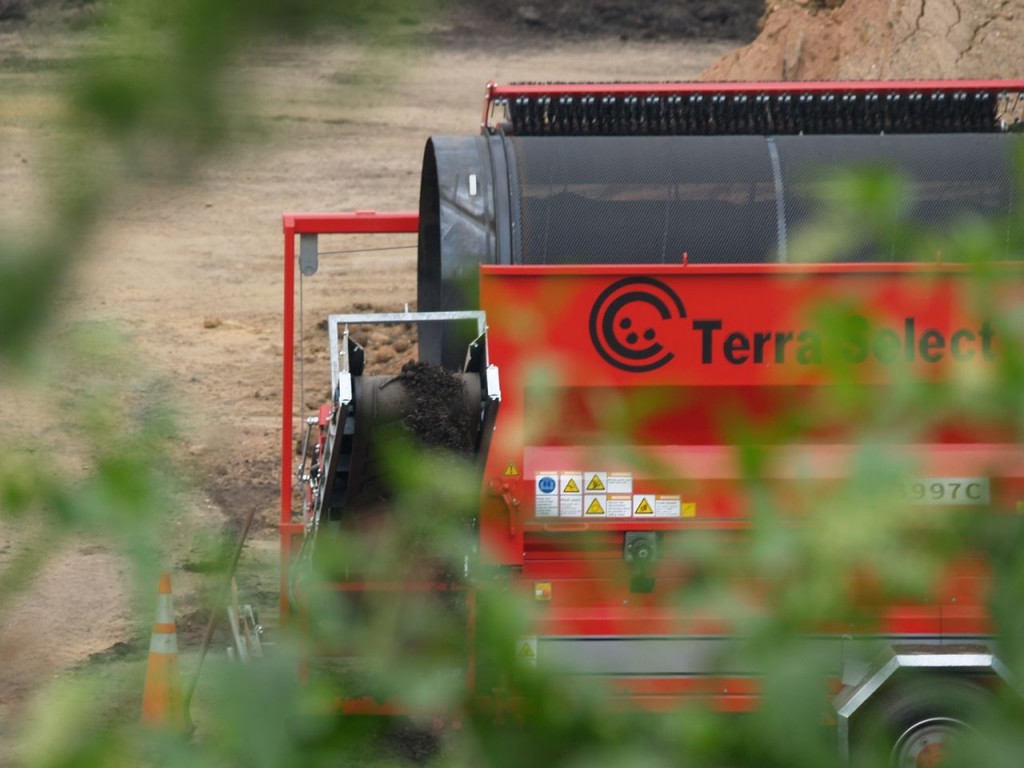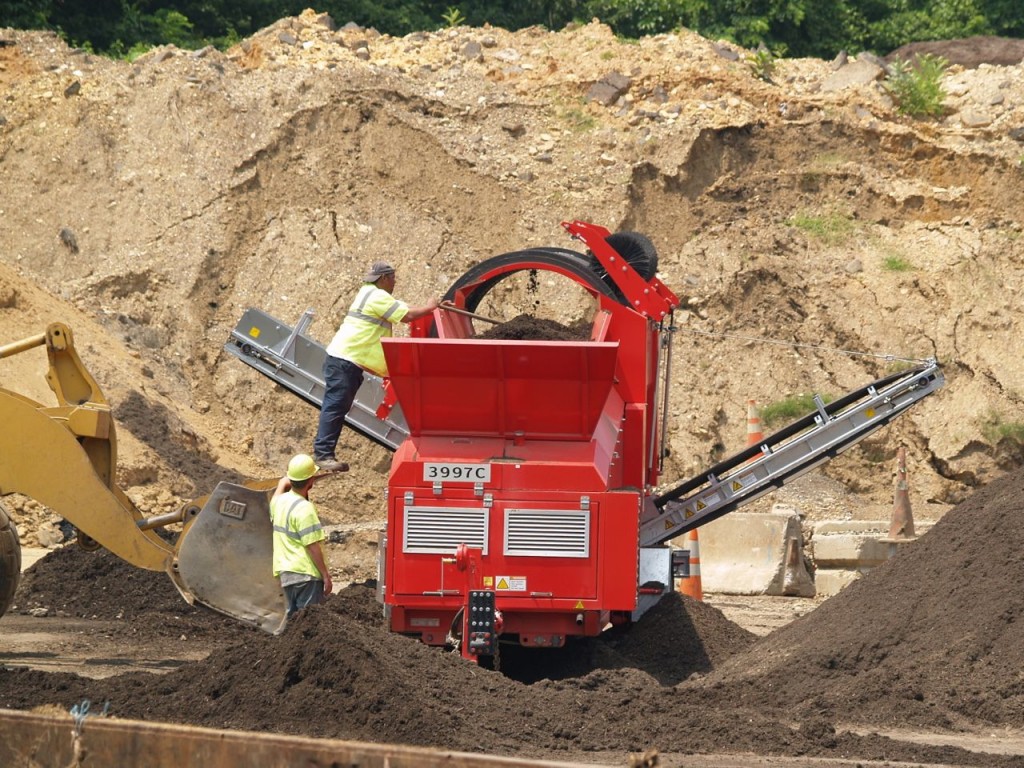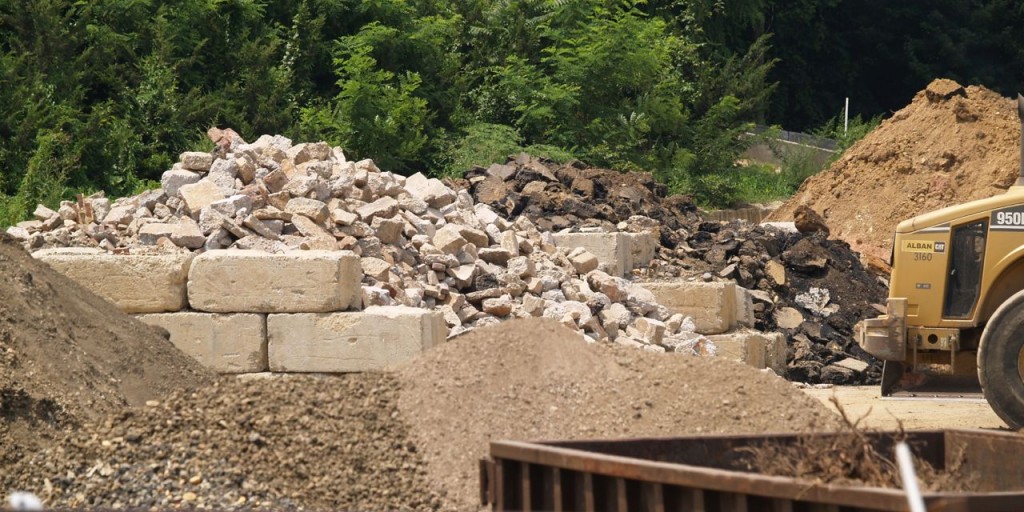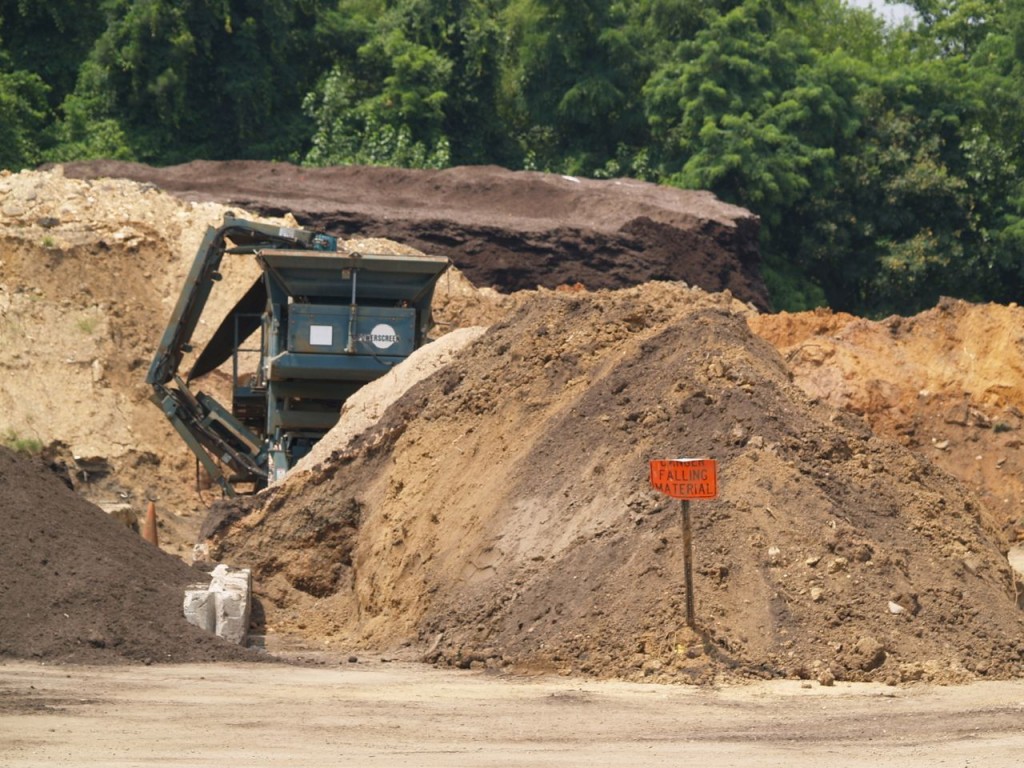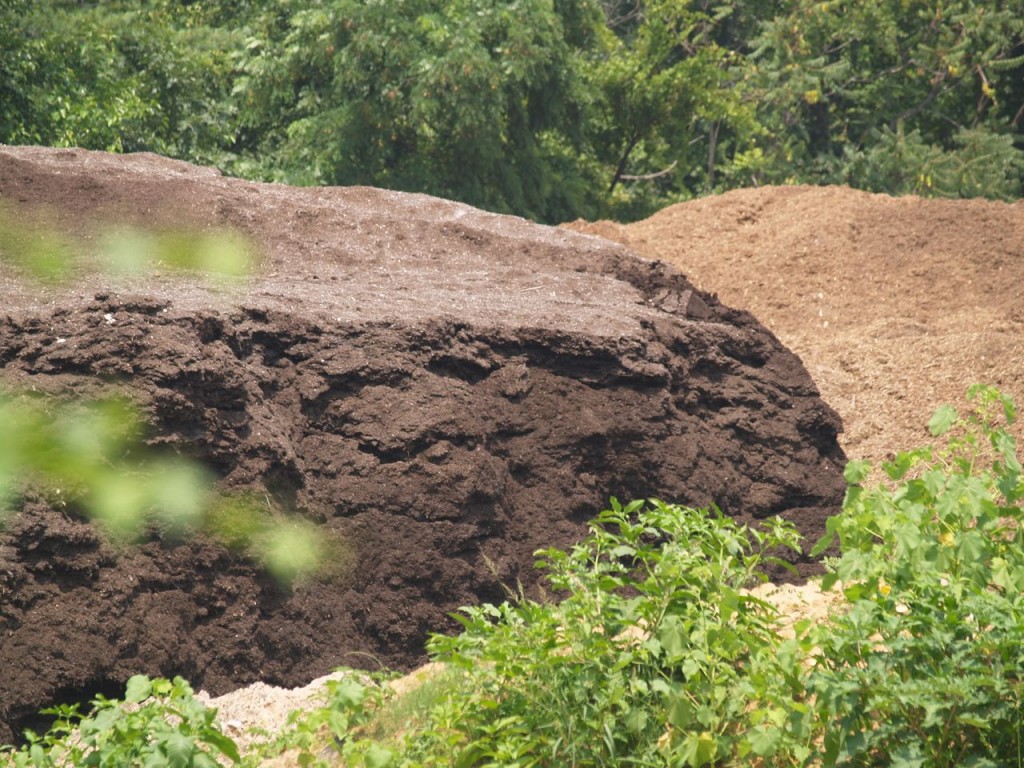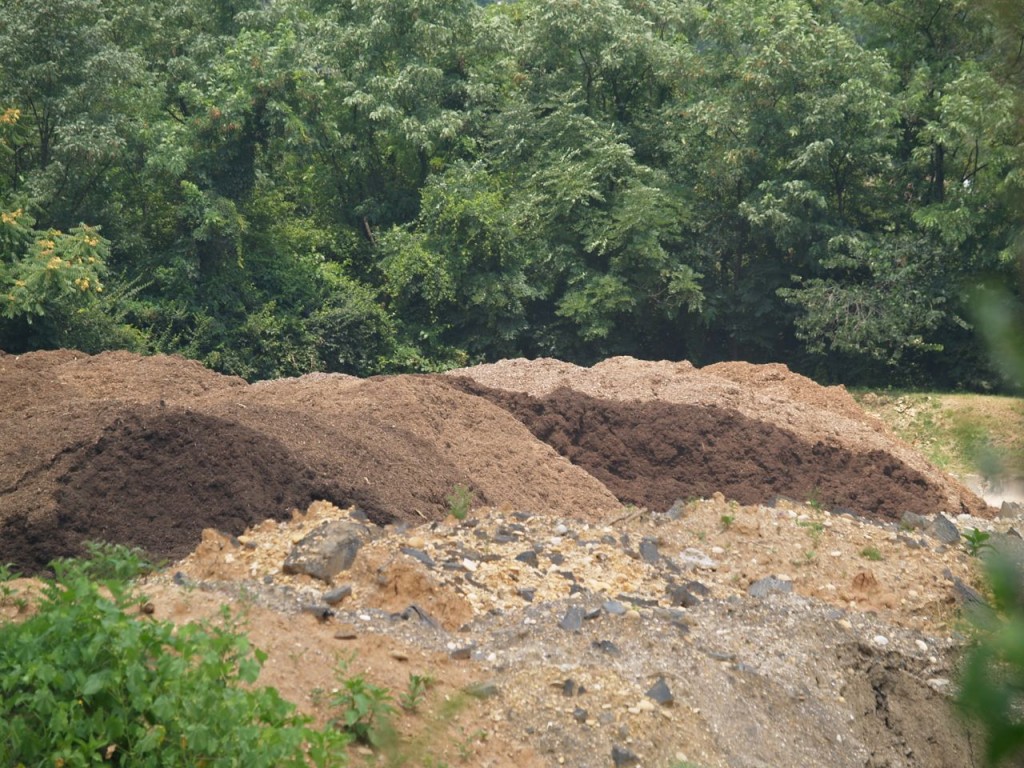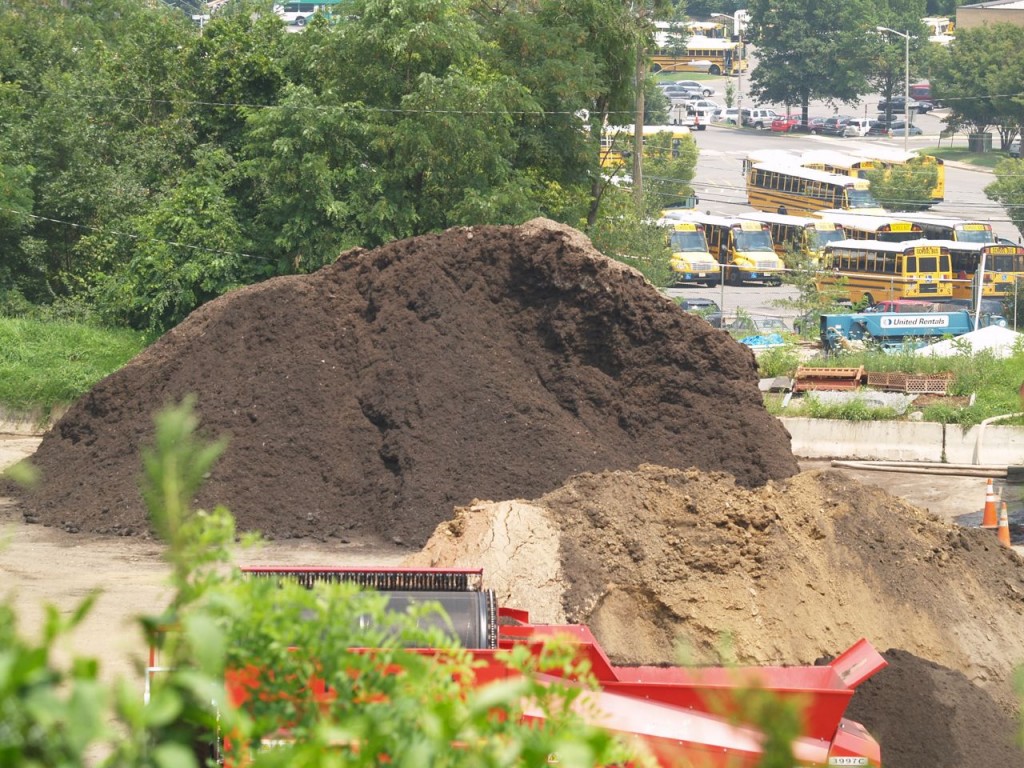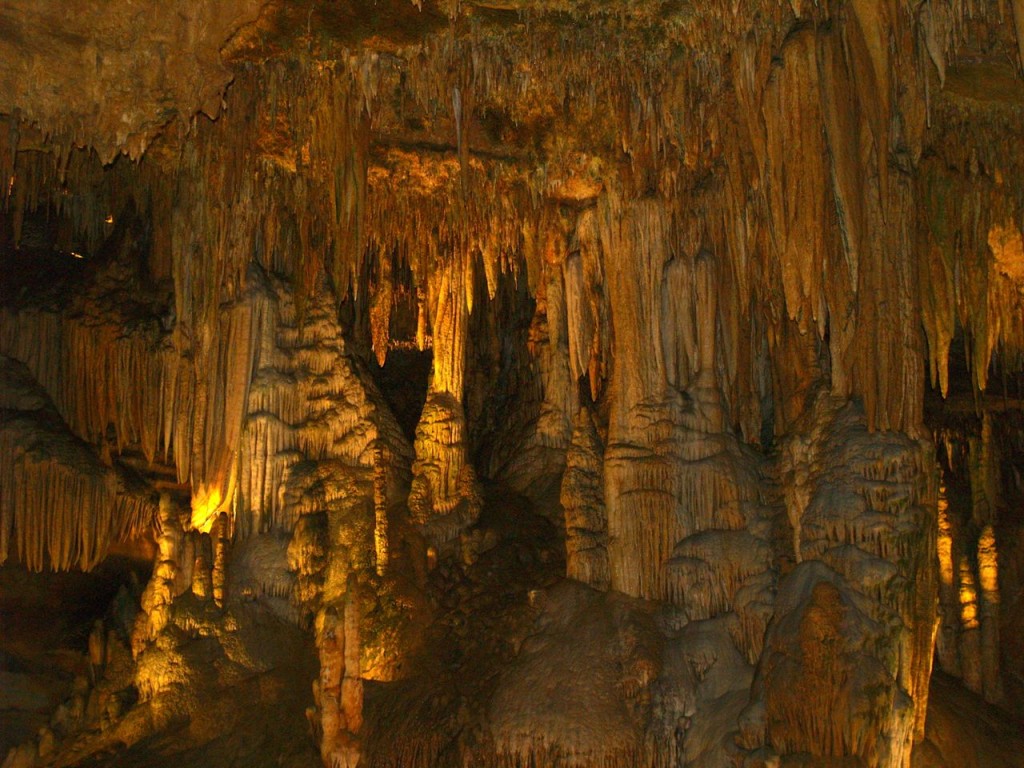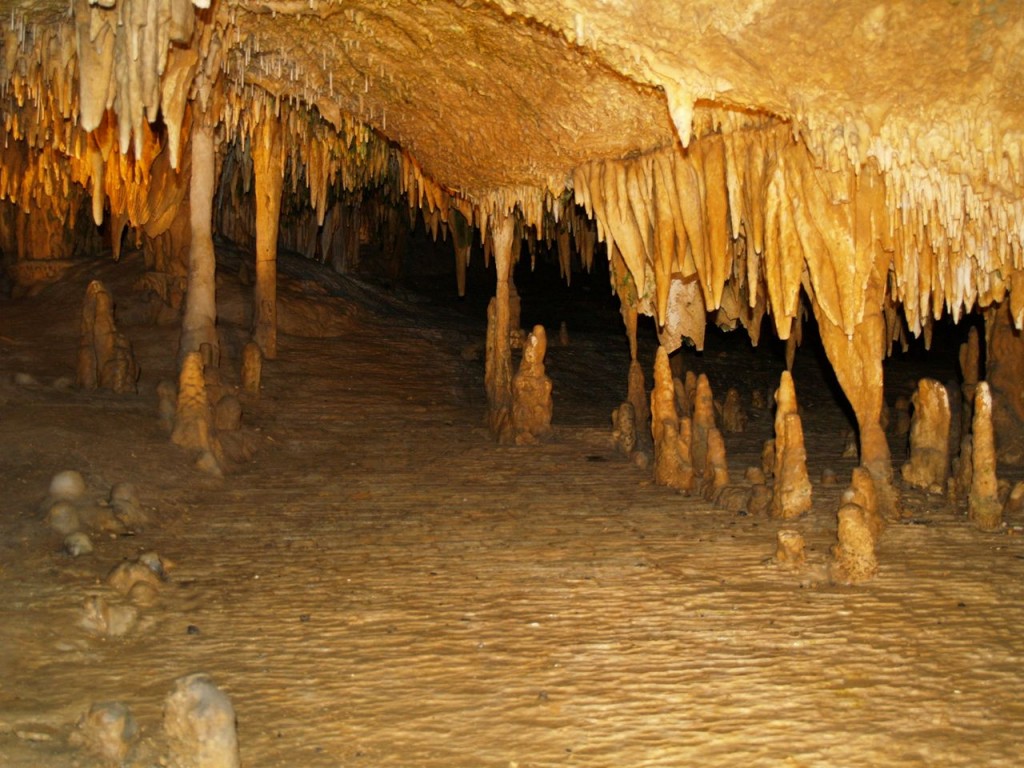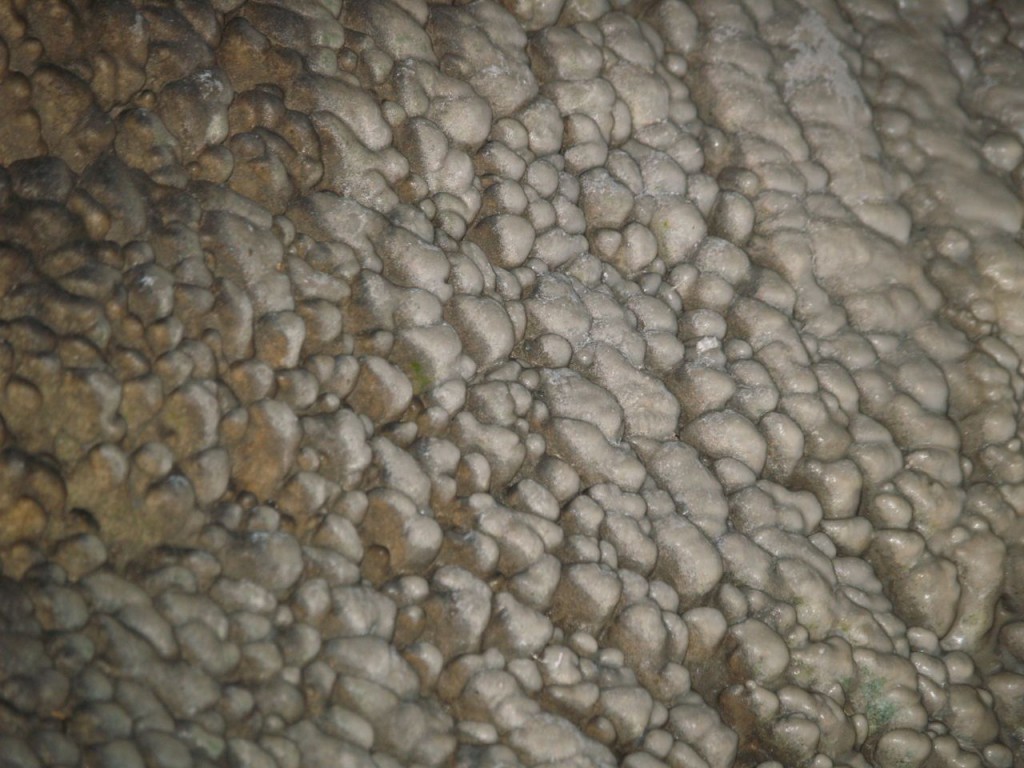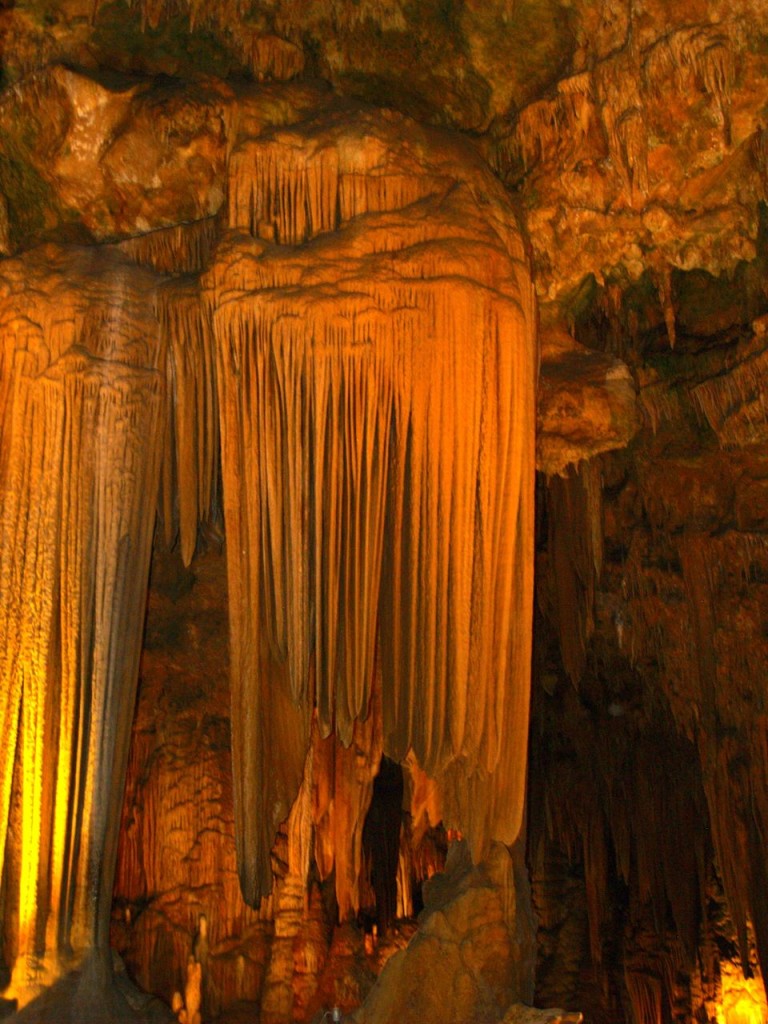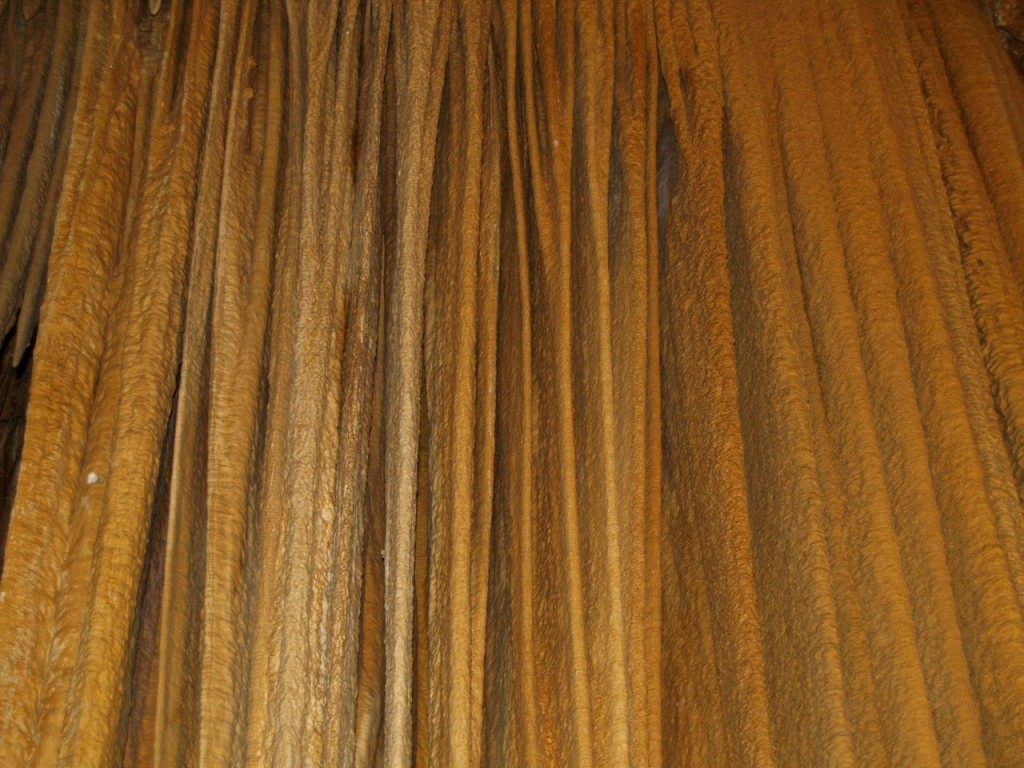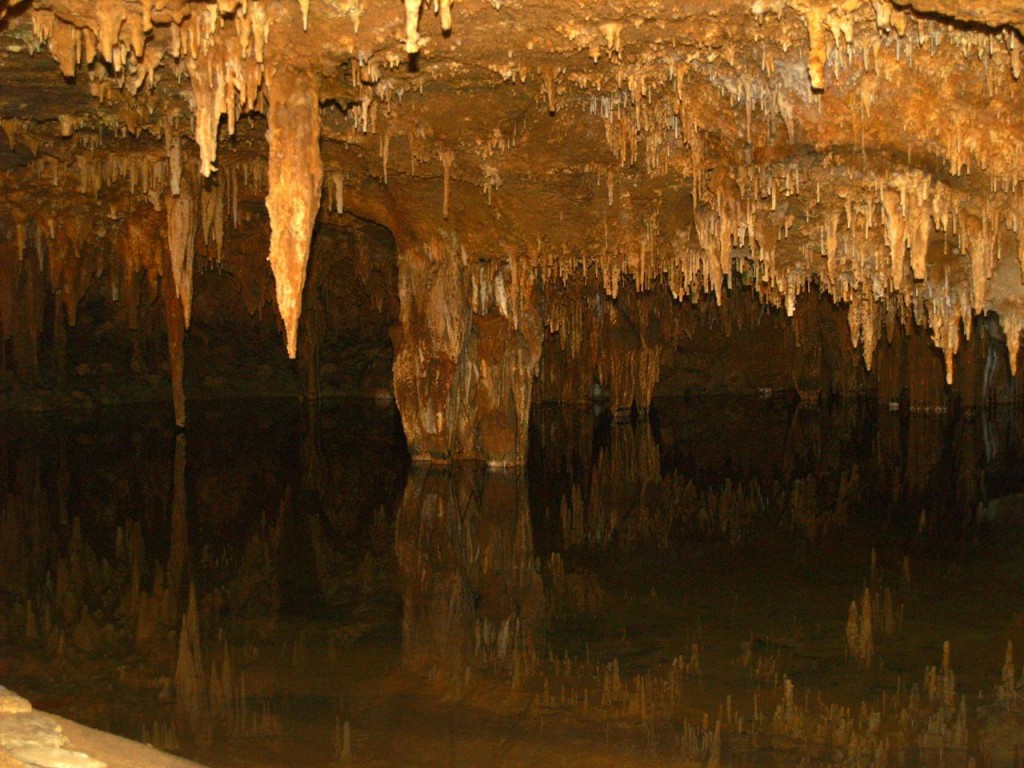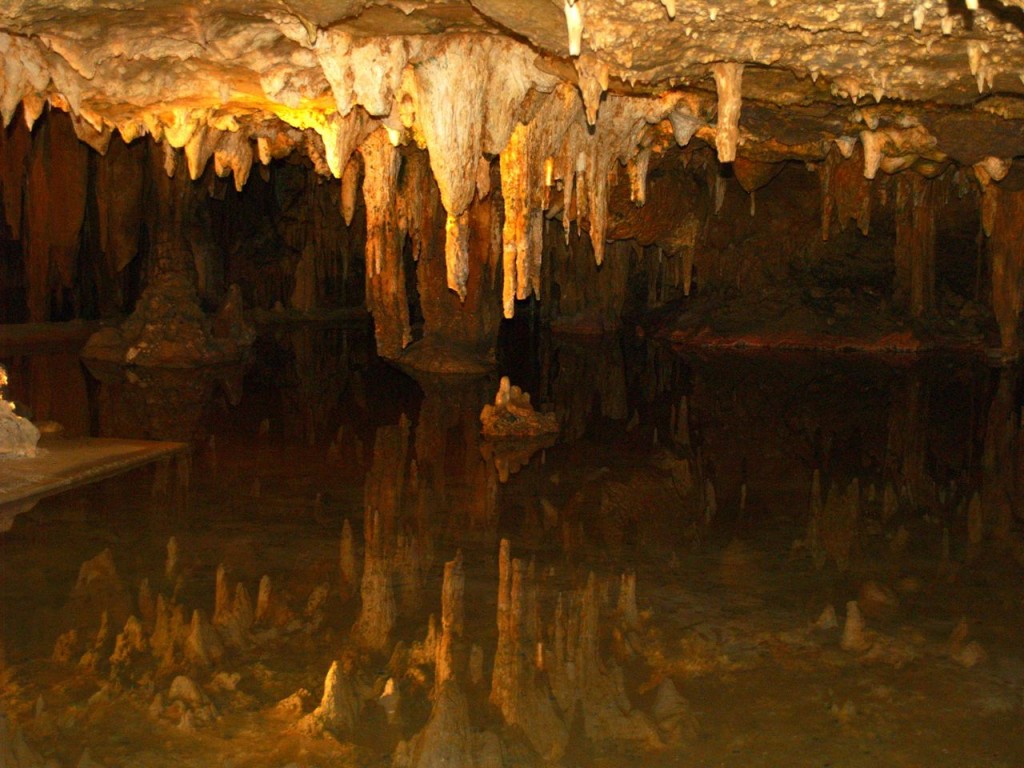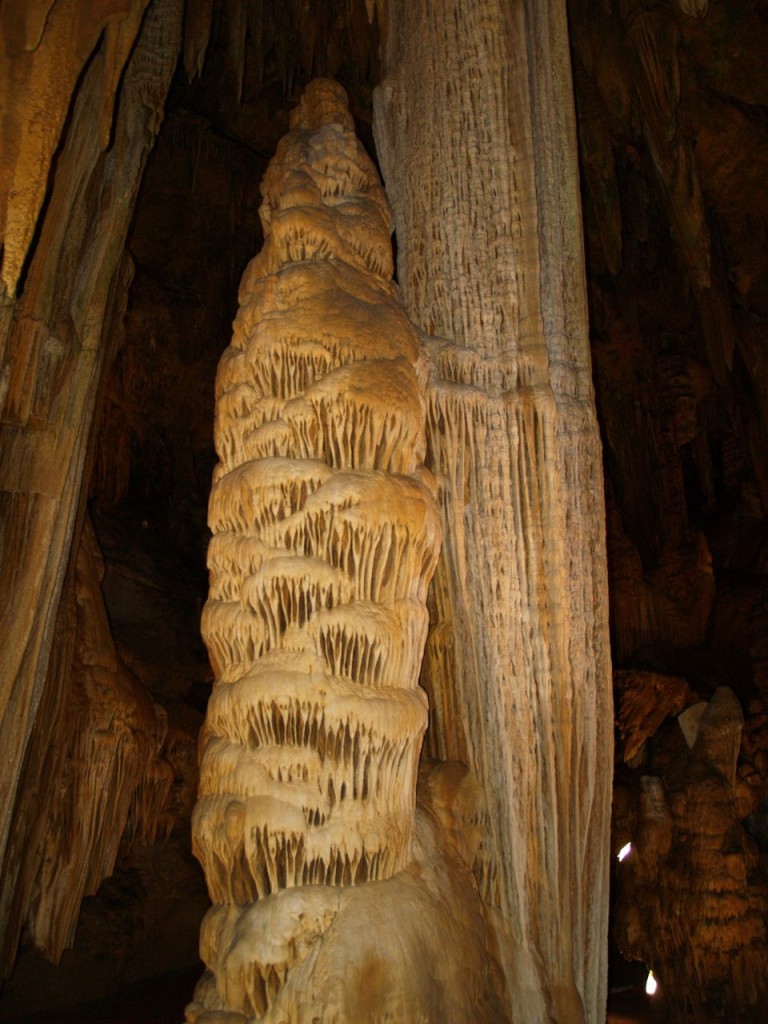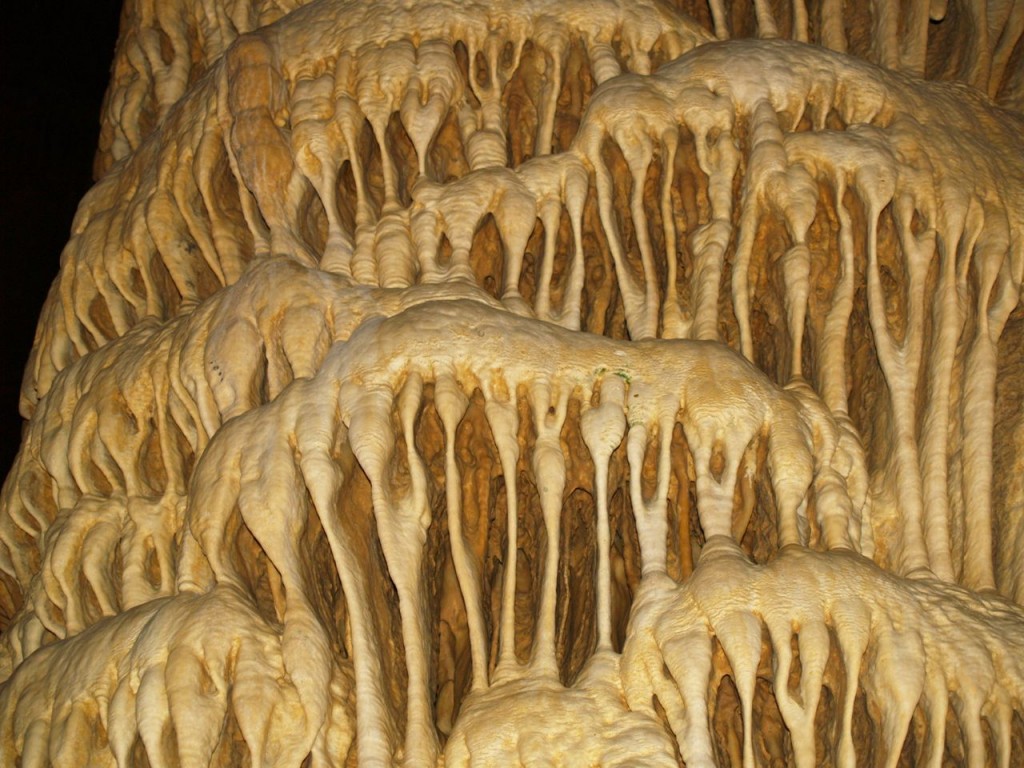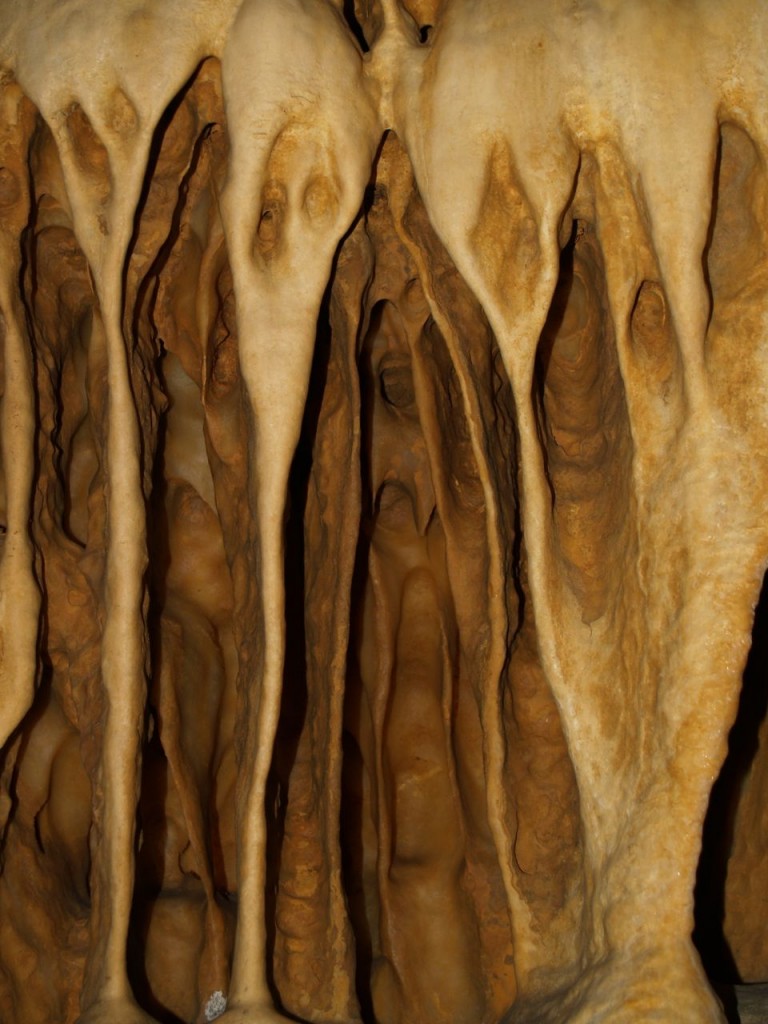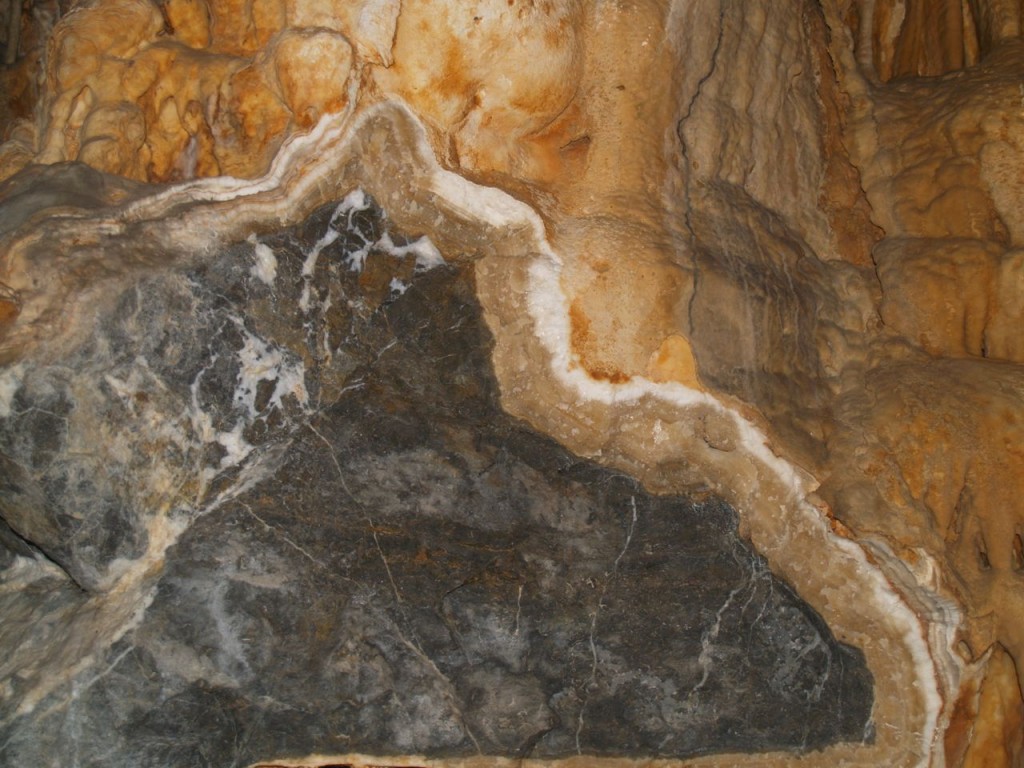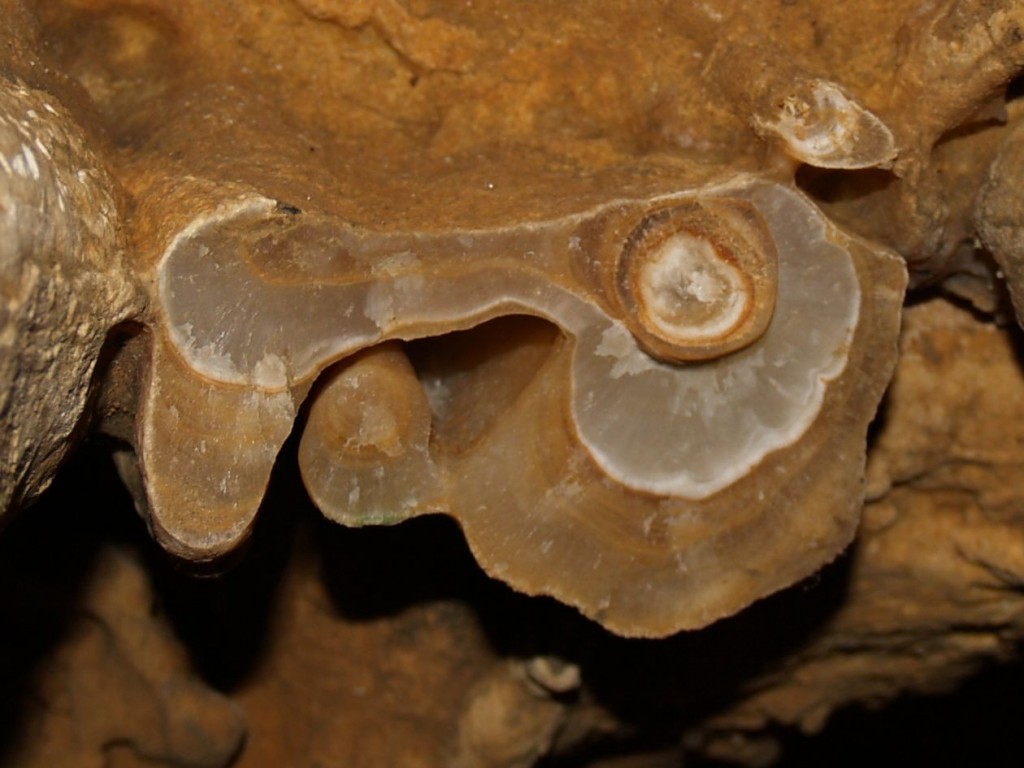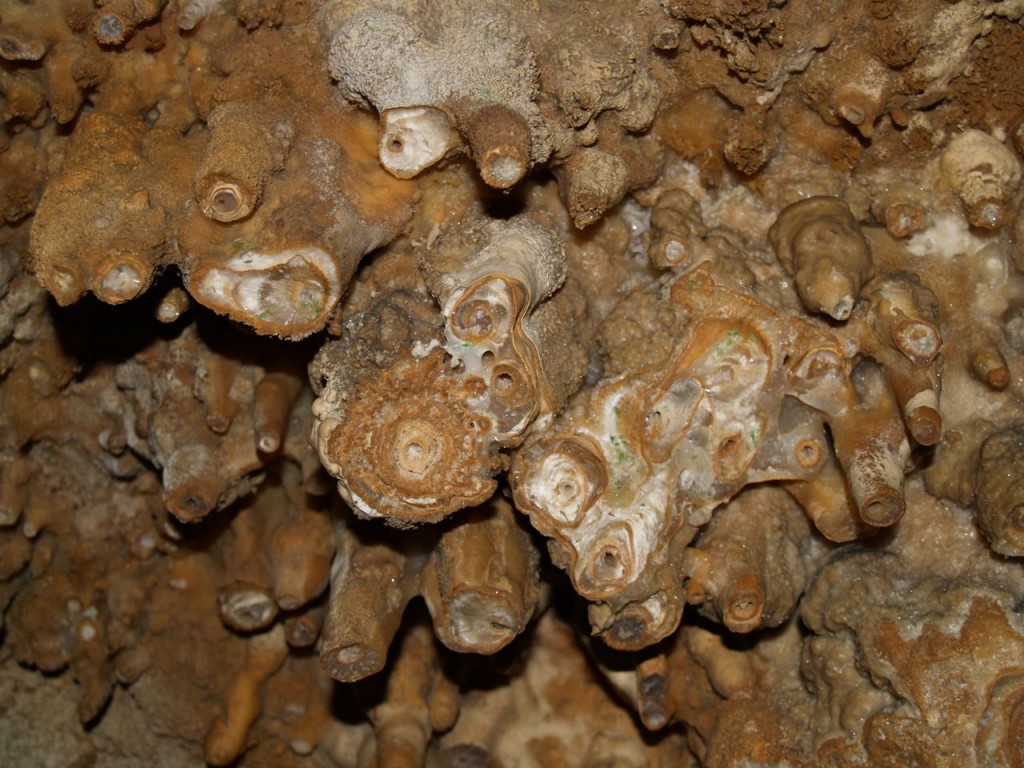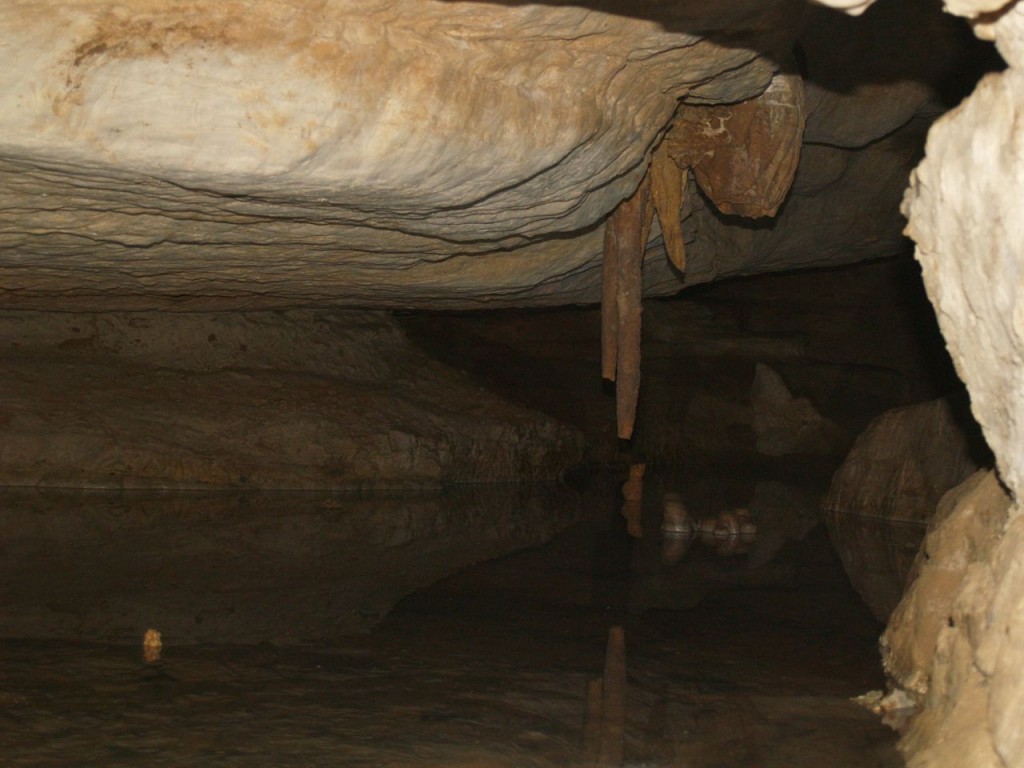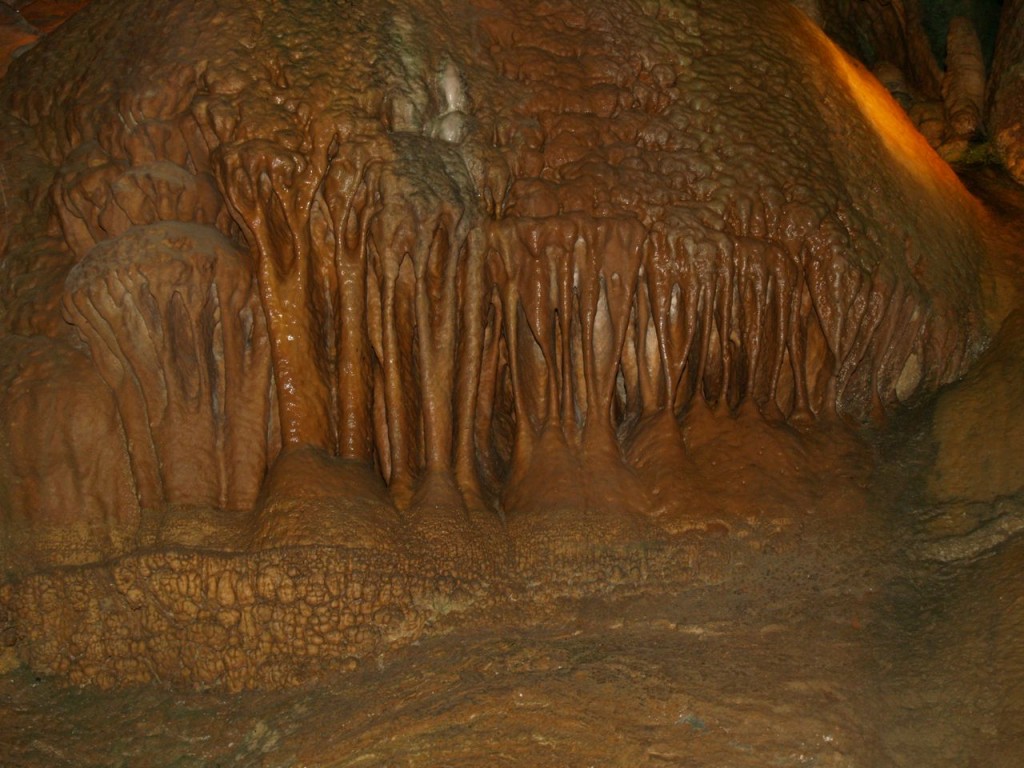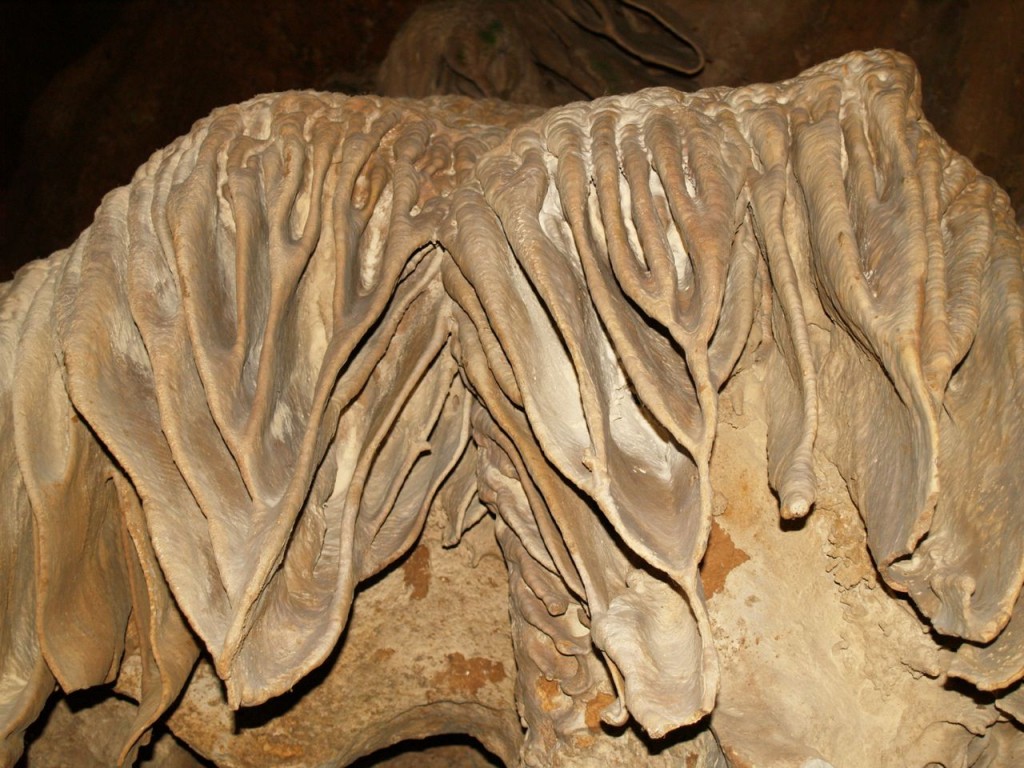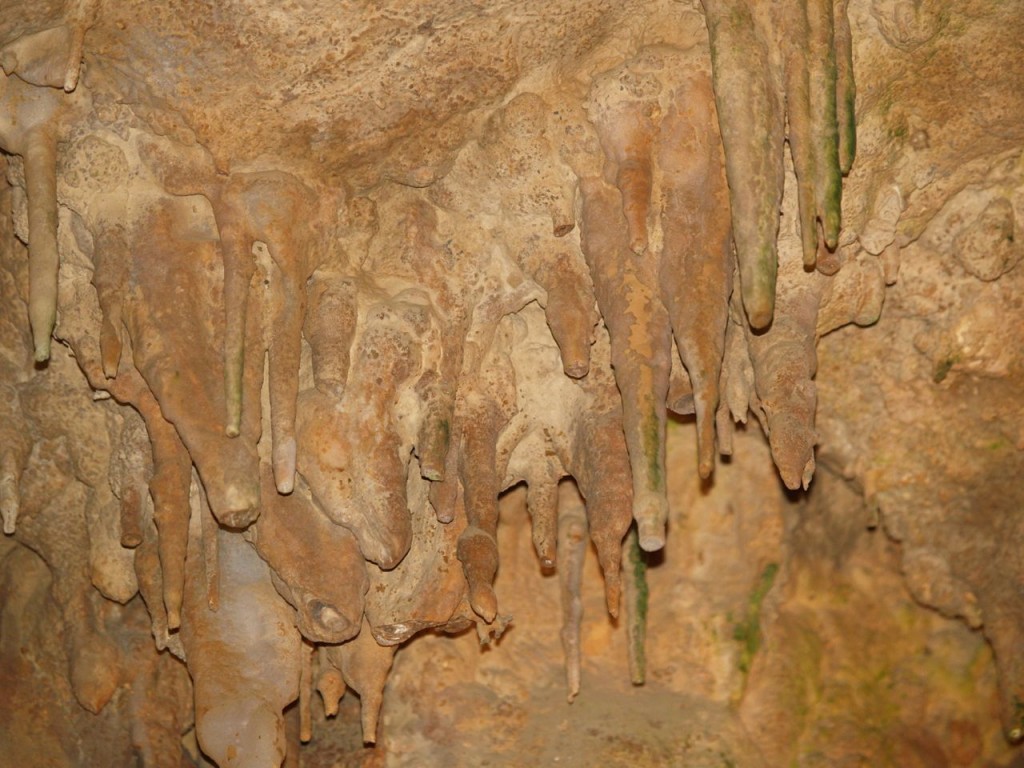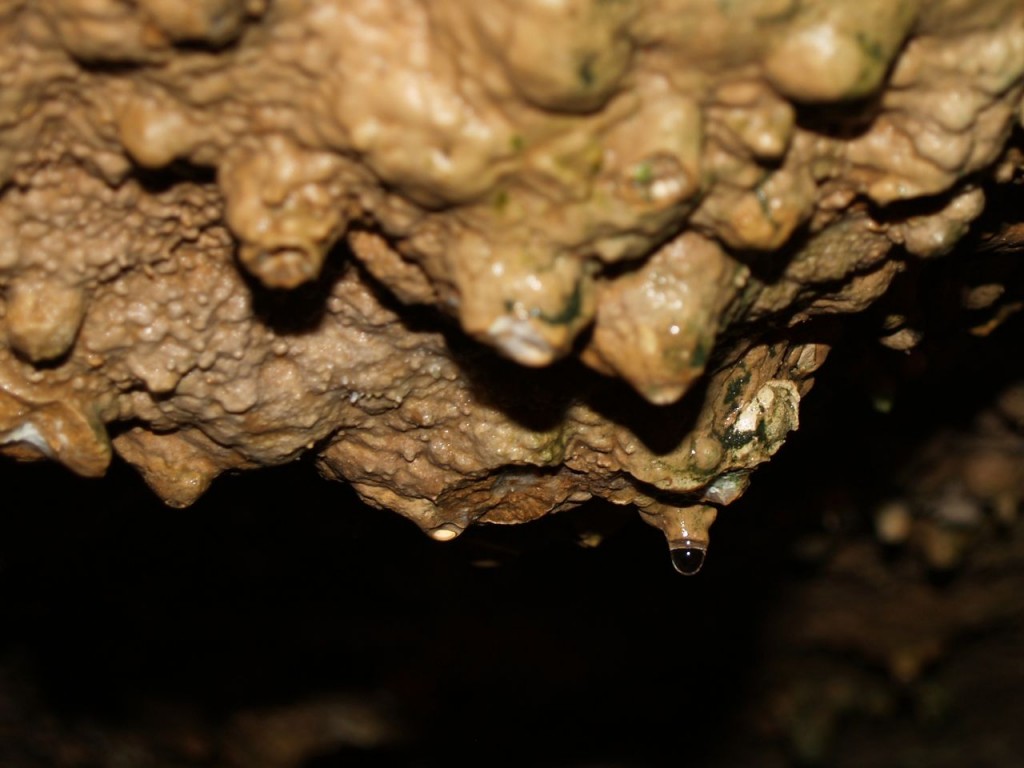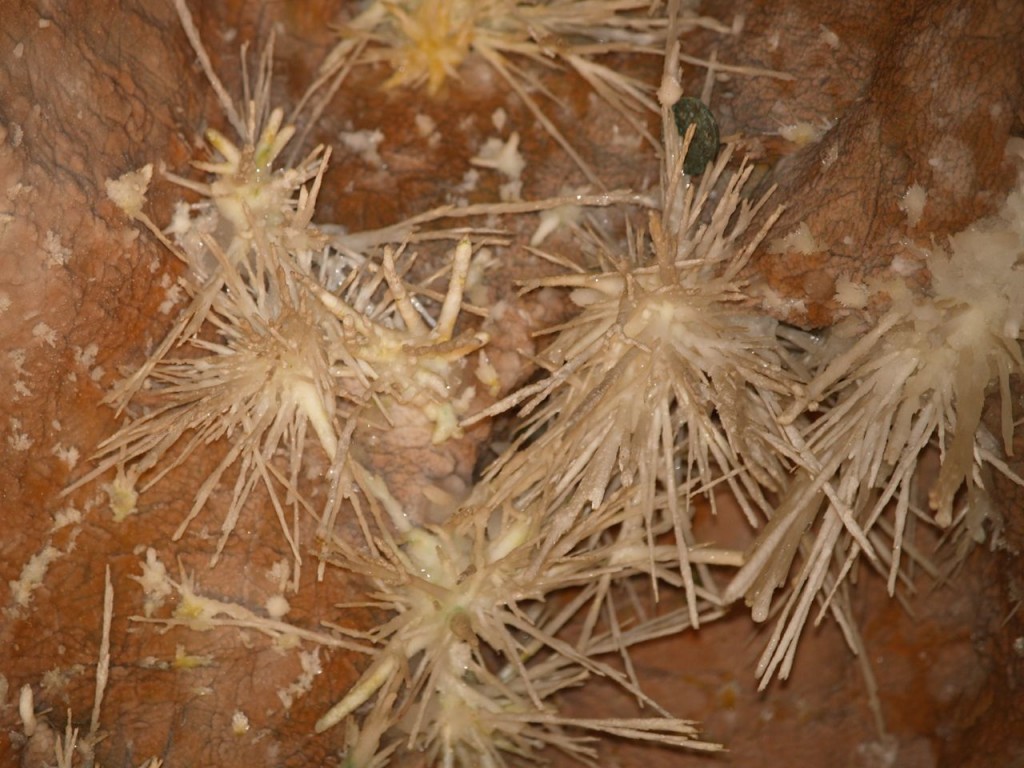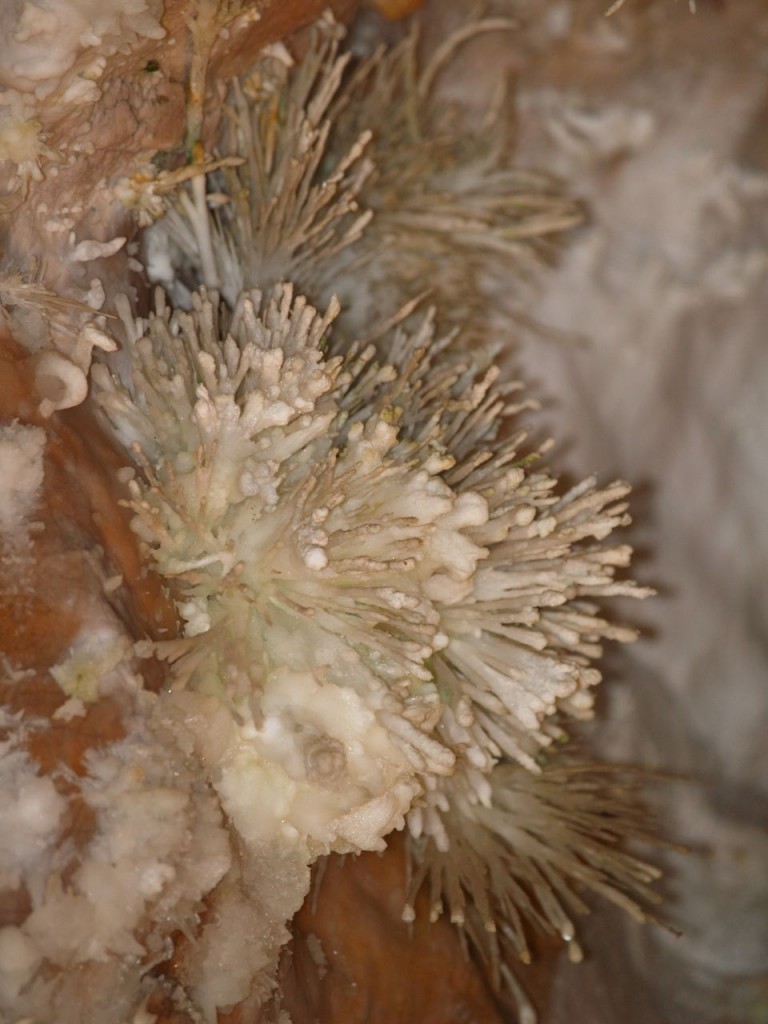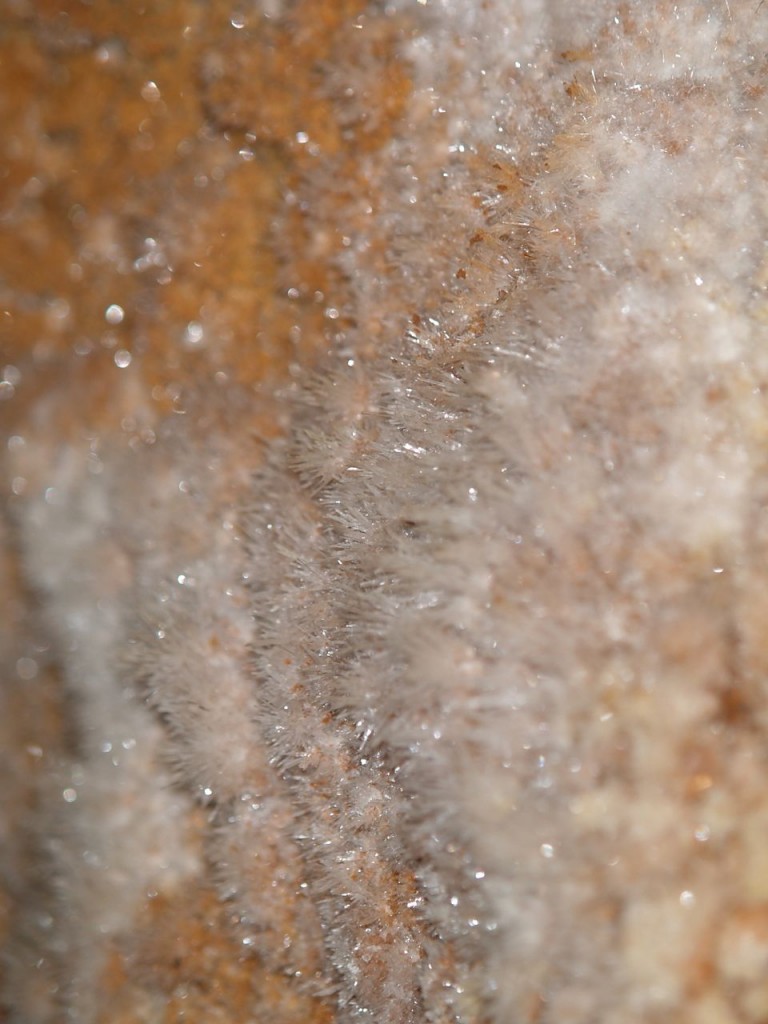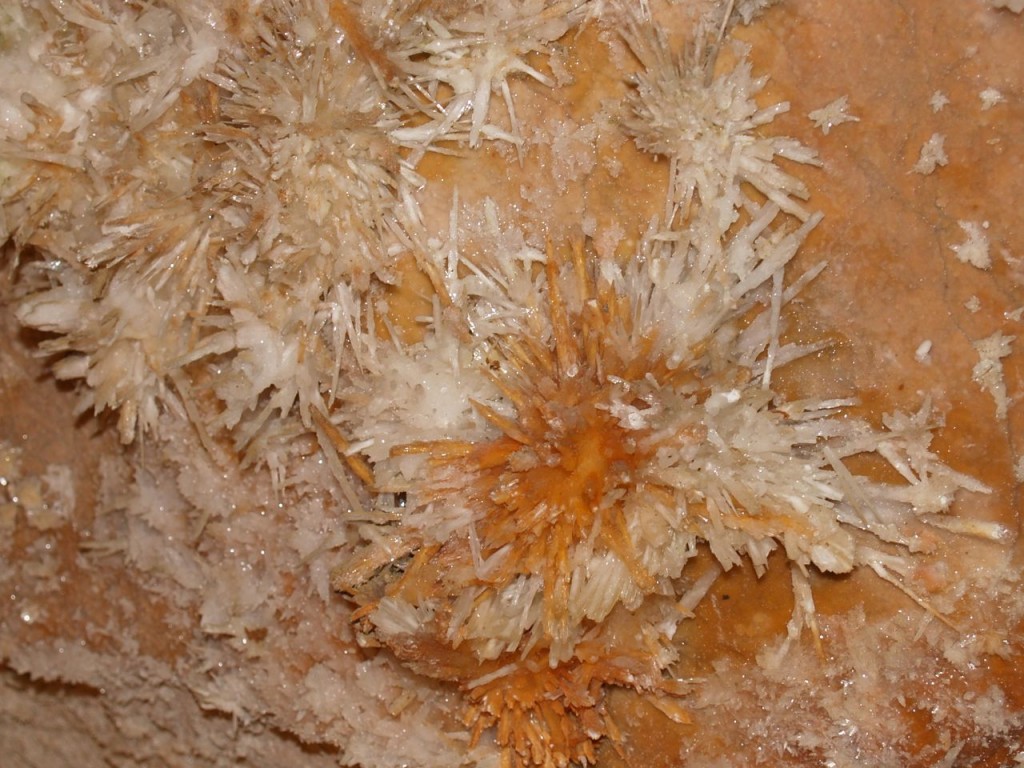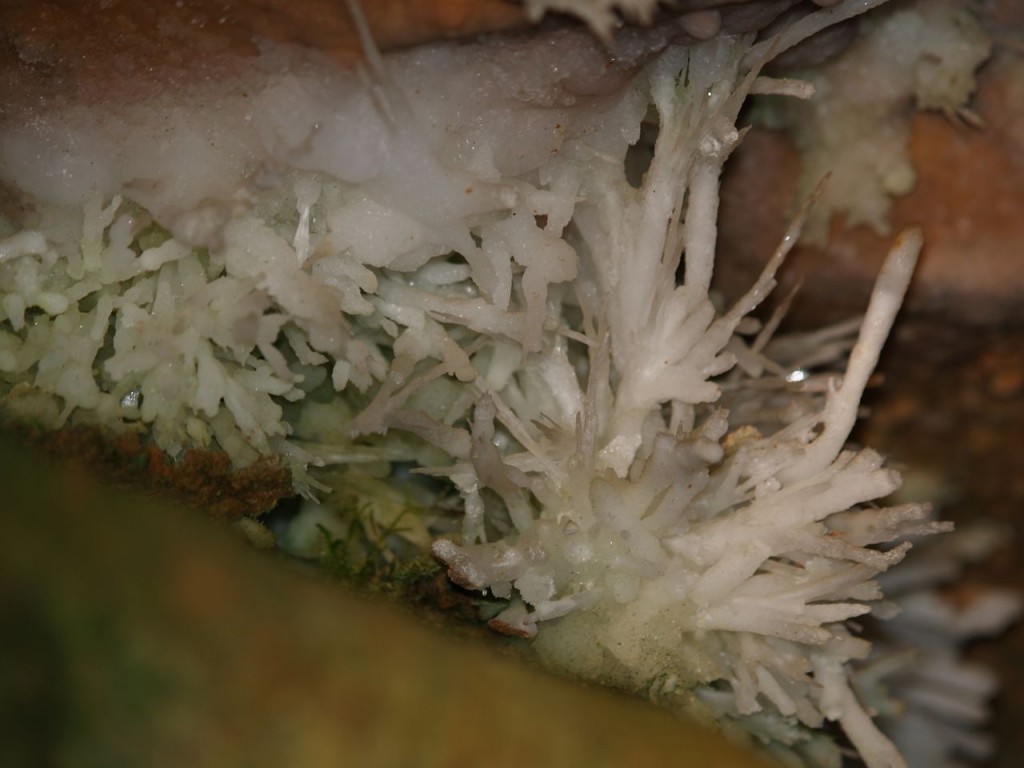Friday I got the incredible opportunity to take a behind the scenes tour of Smithsonian Institute’s National Museum of Natural History. They let a small group of people take a tour of the cetacean collection stored in an offsite location. NMNH has the largest marine mammal collection in the world, and it is awesome. [More properly said, the people of the USA have this amazing collection, and NMNH has been endowed to take care of it.] Most of their specimens are not on display to the public but are stored offsite and in a manner where they can easily be studied. Charley Potter and Nick Pyenson, scientists at NMNH, showed us many of the cetacean specimens, talked about what they do, and answered our questions. I want to thank NMNH and their staff, especially Hilary-Morgan Watt, Katie Sabella, and Trish Mace, for letting us take this amazing tour. Also, thank you to Steve Thornton, a visiting researcher, who gave us a detailed description of how dolphins use their nasal passages to make noises, which at least in my humble opinion is fascinatingly and amazingly complicated. Also, I would like to thank them for having their specimen collection online. I missed some of the species names of specimens we looked at, but because the specimen number was visible in some of my photos, I was able to look up information about the specimen through their website. This is an incredible resource.
They had two bottlenose dolphin skulls out sitting side by side. One was from a coastal bottlenose dolphin, and one was from an offshore one. When sitting side by side, it was easy to see how much smaller the coastal one was than the offshore one. The morphological differences relate to their different eating habits, as the offshore ones feed on larger animals.
They had part of a forelimb bone from a right whale. The fungal like growth on it was bone that had grown around something on which it had been entangled.
There was a drawer filled with narwhal tusks. Only males have the tusks, and most twist in the same direction. Most have a polished end. Up close they really pretty and have interesting texturing. They are hollow with varying diameters.
In the same cabinet as the narwhal tusks are pieces of baleen. Baleen can be used to distinguish different types of whales and is fast growing like hair. Examining the baleen can give information about the trophic feeding level of the whale and can give up to 40 years worth of information on the whale and water conditions, by analyzing it along different points along its length. Before plastics and fiberglass was invented, baleen was split into rods and used in such things as umbrella skeletons, of which they have one.
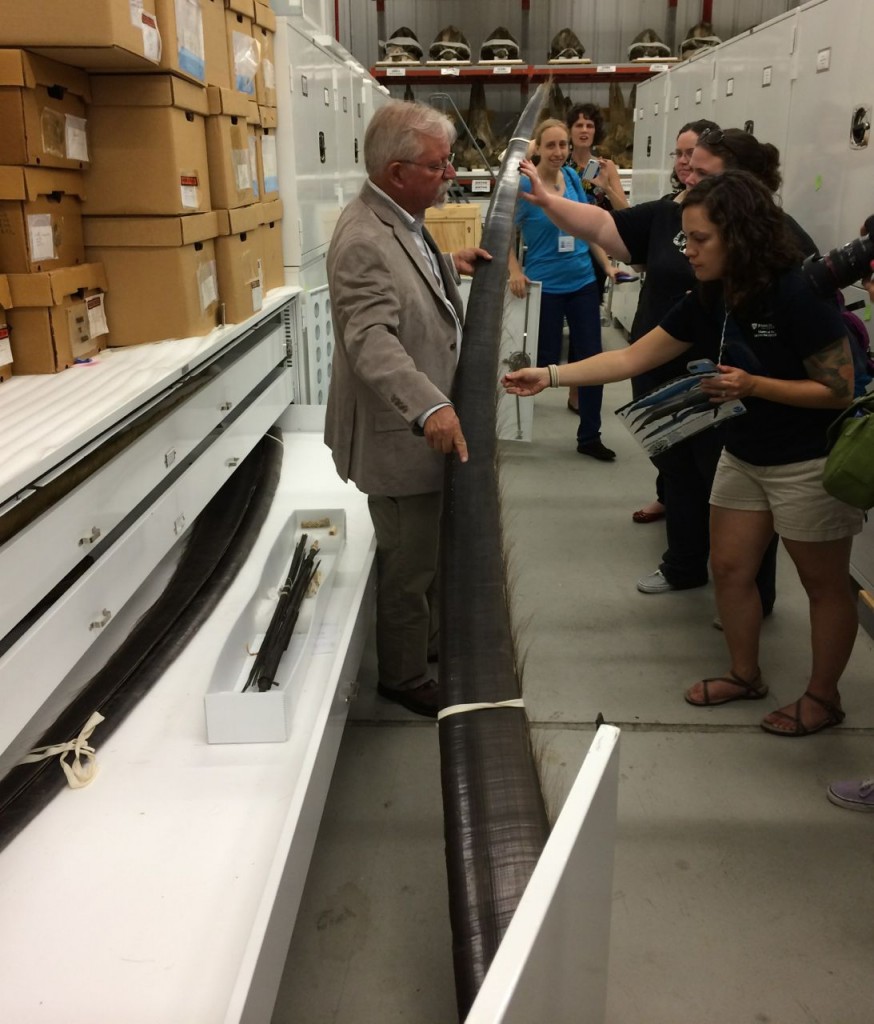
Baleen, Charley Potter is holding one piece. In box in drawer is an umbrella skeleton made from baleen.
They have an amazing collection of skulls. There are skulls upon skulls filling up shelves. The skulls are placed side by side by species and thus can compared easily. There were numerous Baird’s beaked whale skulls that had various shades of white and off white depending on the conditions in which they were found.
The Blainville’s beaked whale skulls were really interesting. The males have two giant, erupted, modified teeth on their jaw, which are used for combat. The beaked whale skulls are the only skulls which can be sexed. The males have very dense skulls and thus are quite heavy when compared to the female skulls that were approximately the same size. They let us life each one by the beak, and the difference was really obvious.
They were still processing some specimens. There was a pilot whale skull out that had a lot dried soft tissue attached to it.
There was another skull sitting next to the pilot whale skull that was some type of beaked whale. I was completely fascinated by the porousness of the bone.
There was also a bag full of vertebrae. I don’t know what species it was from, but the pattern on the vertebrae was really interesting.
In an adjoining building they had the bones from the really large whales. The building was complete with a giant garage type door through which to bring the specimens. There were shelves filled entire vertebral columns from various whales. On the floor was the skeleton of a right whale.
All the skulls were propped up on metal carts. They were placed vertical for easy study. Because of the way a Sei whale skull was placed vertical, the radiating lines on the palette could be easily seen. All baleen whales have these lines, and the lines house blood vessels and nerves that feed the baleen.
There were several gray whale skulls all sitting next to each other. The skulls were collected from various years and includes one from pre-1850s. The genetic makeup of the whales before and after the whaling industry can be compared, and it will give information about the genetic bottleneck that occurred due to whaling and the diminished population.
They also had a blue whale jaw bone that is not only the largest blue whale jaw bone ever collected, it is also the largest single bone ever collected from any creature that has lived on Earth.
Finally there was a North Atlantic blue whale skull, which was just amazing to view. It completed dwarfed us when we gathered for a group photo in front of it.

